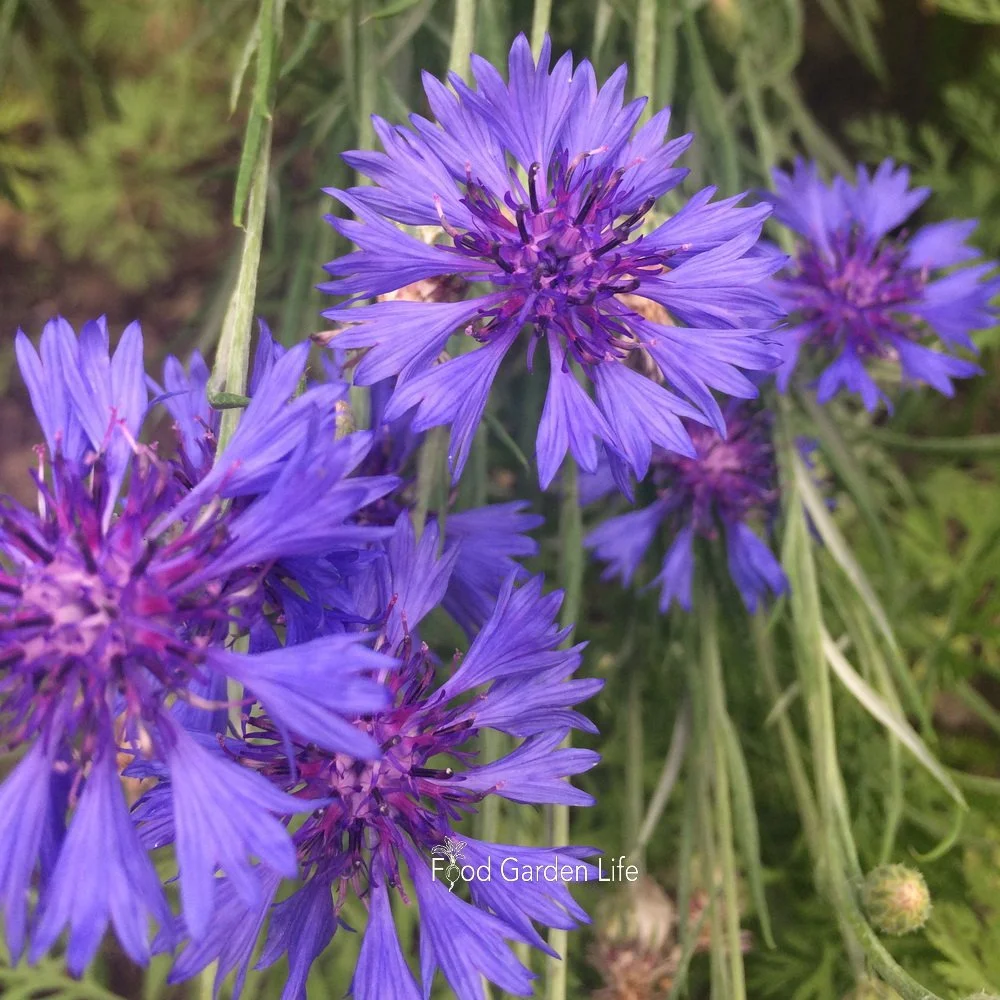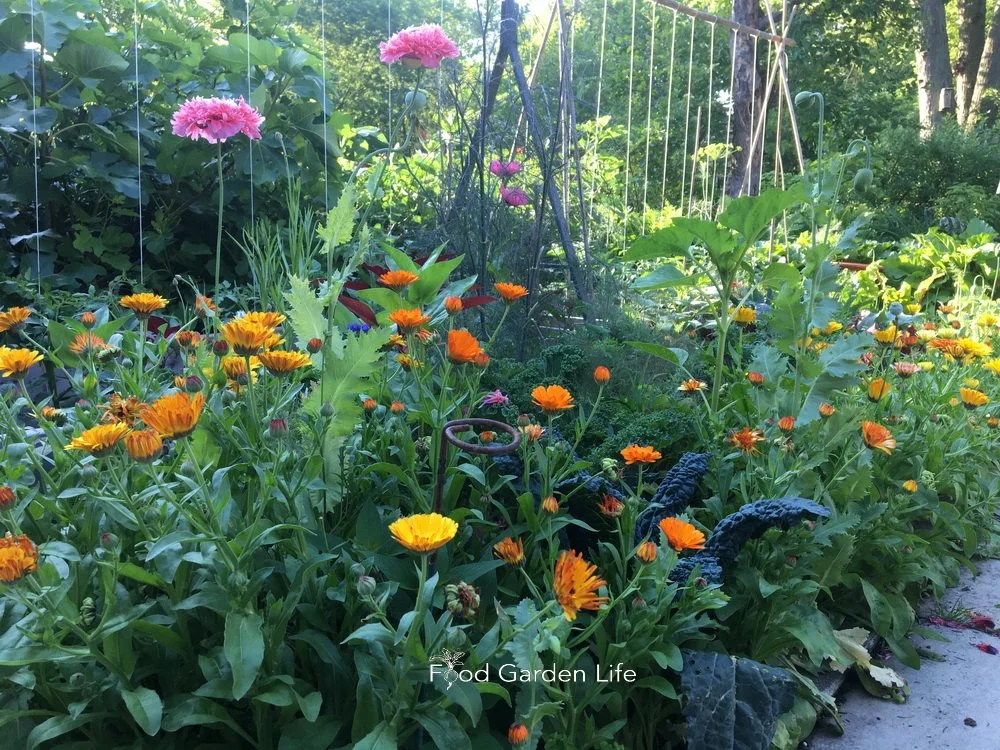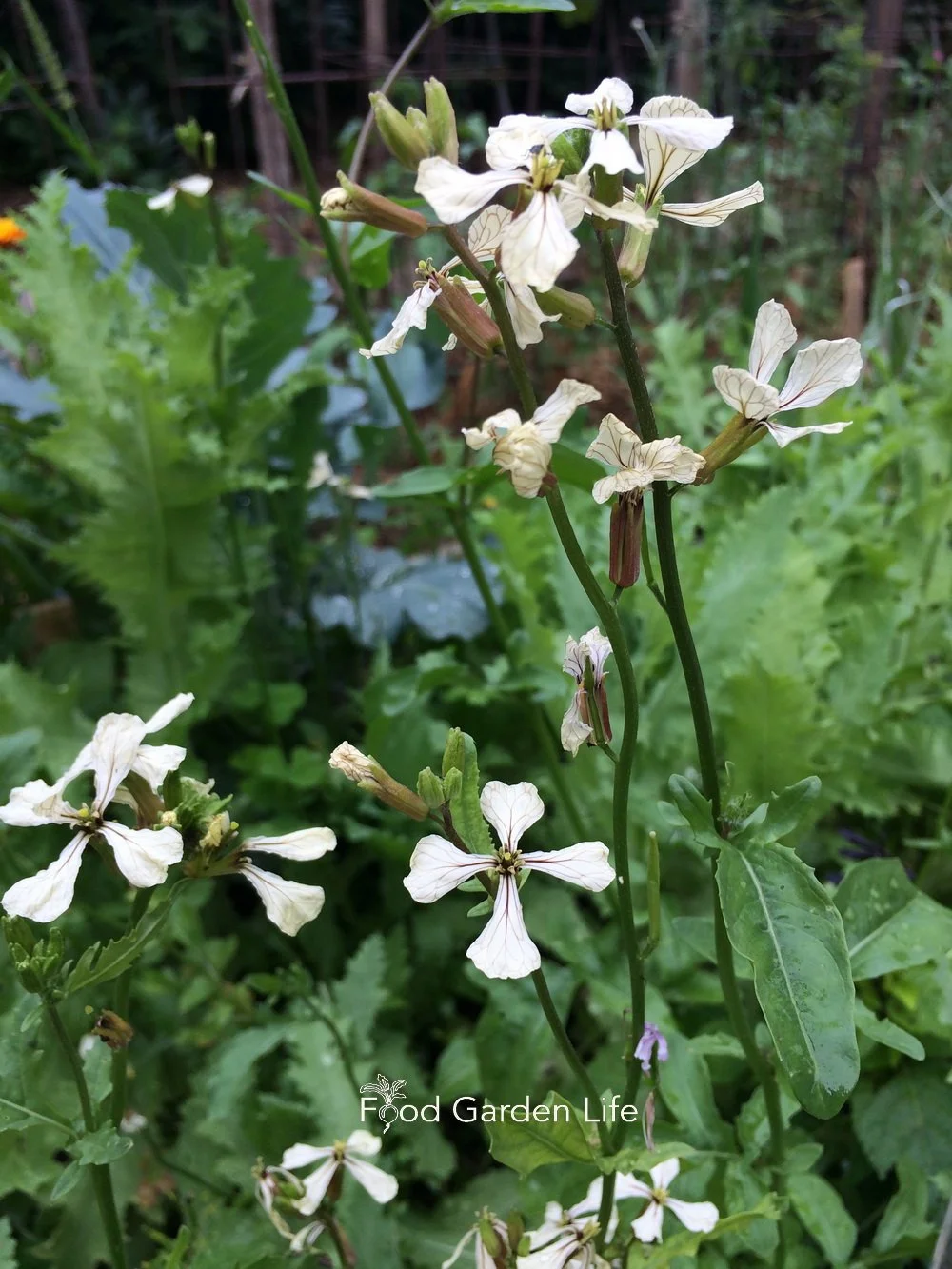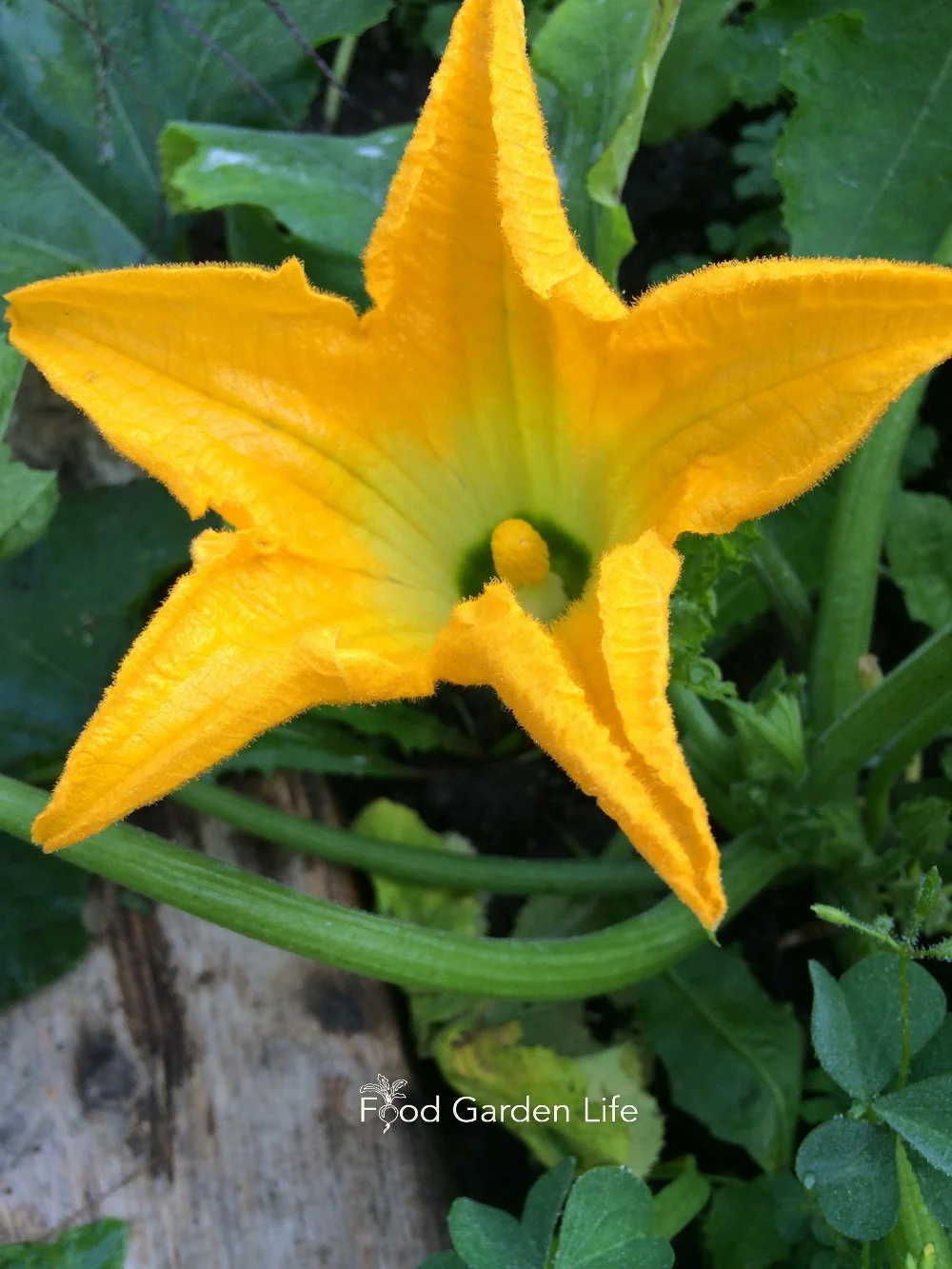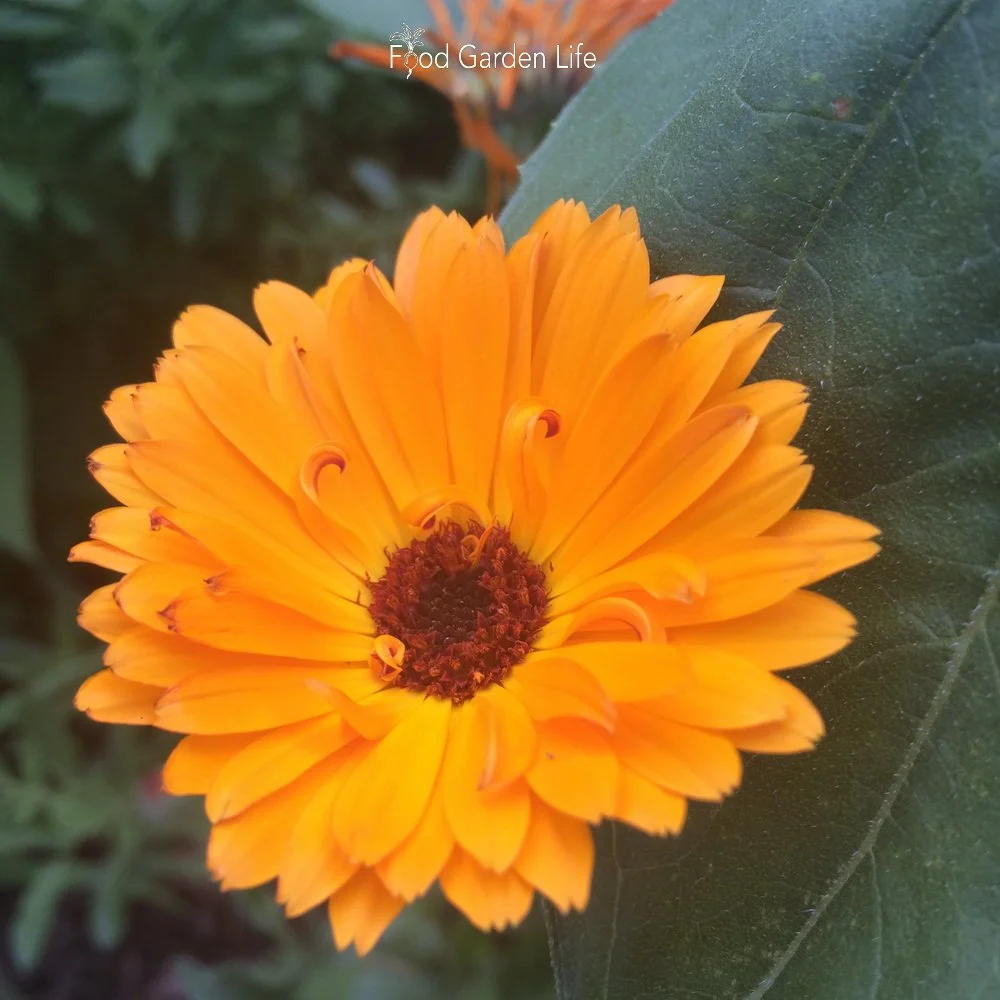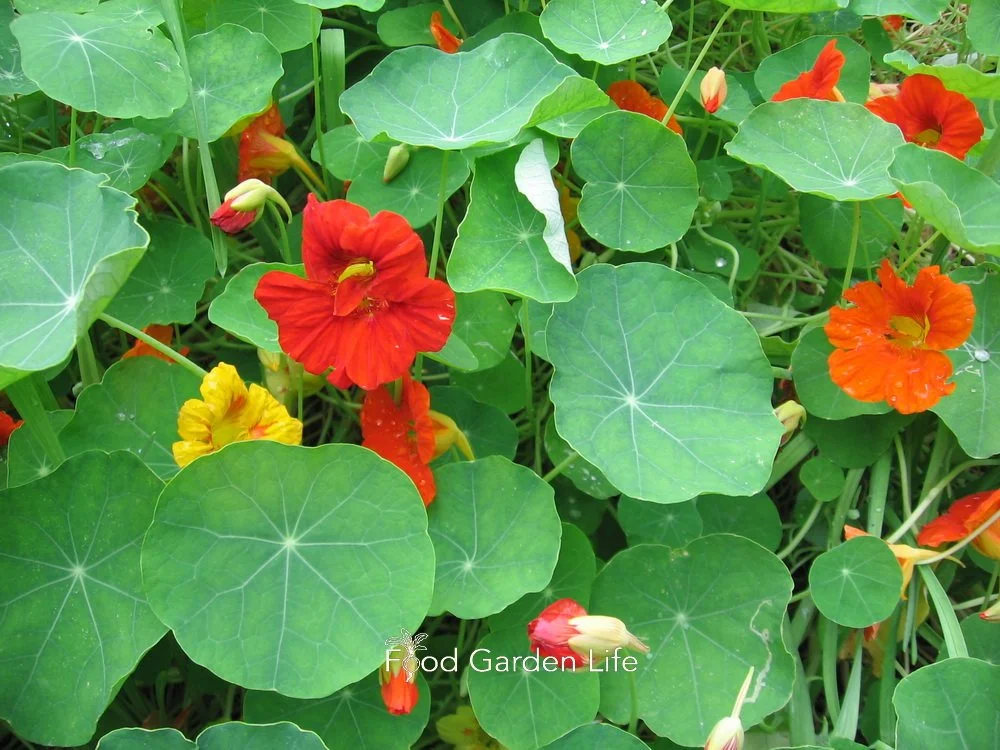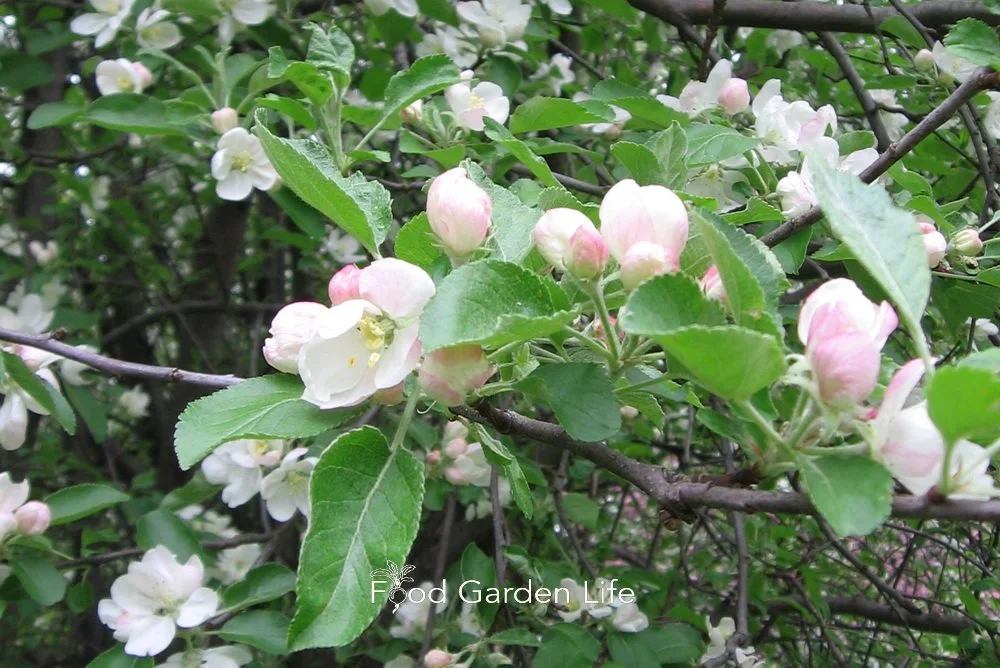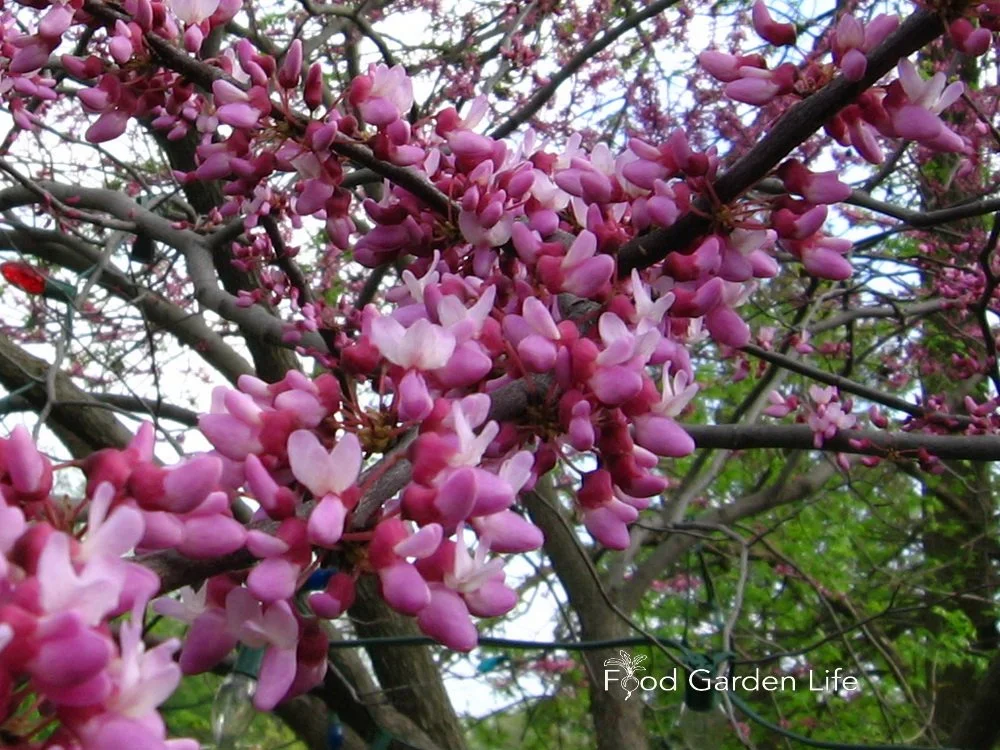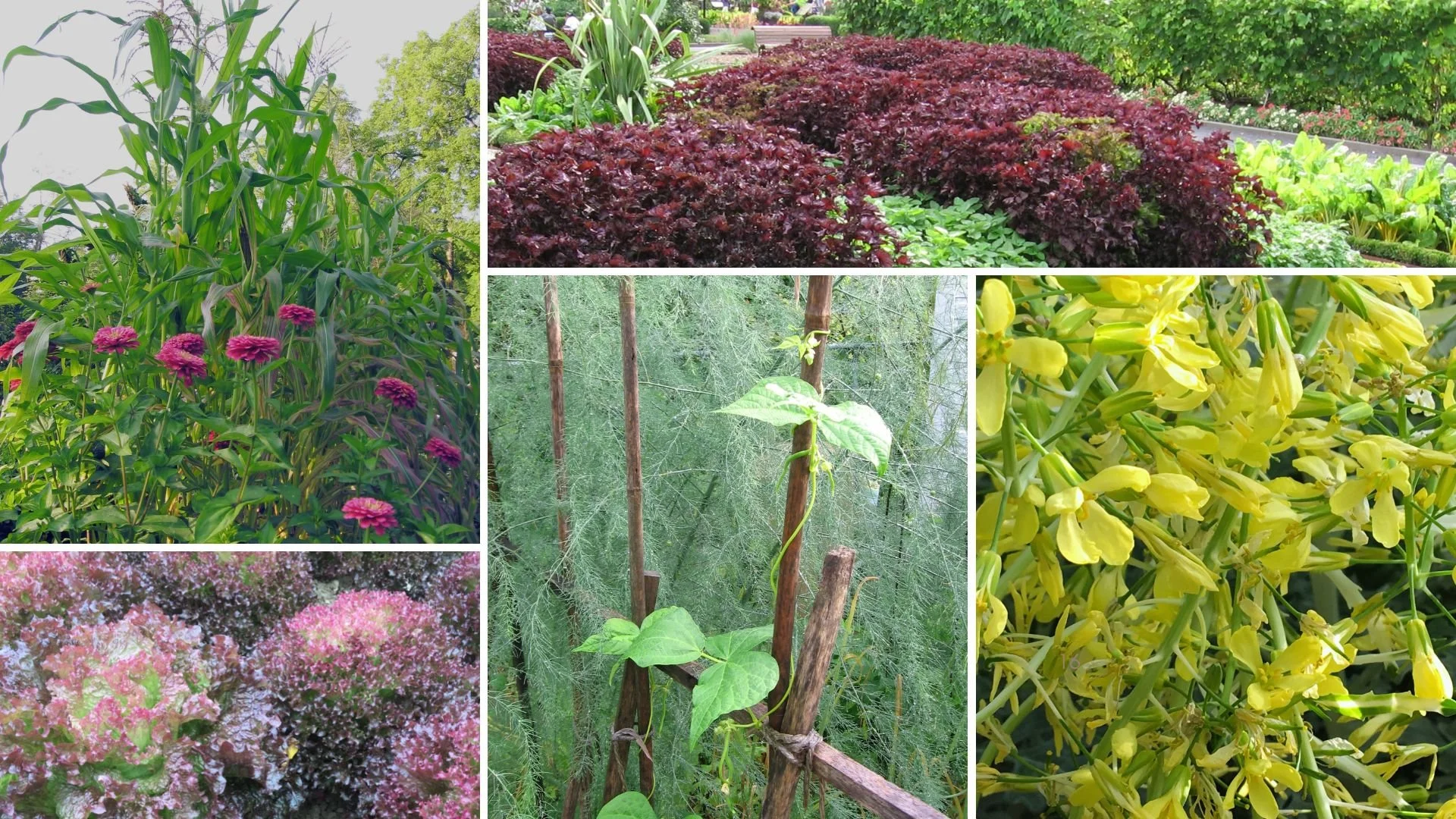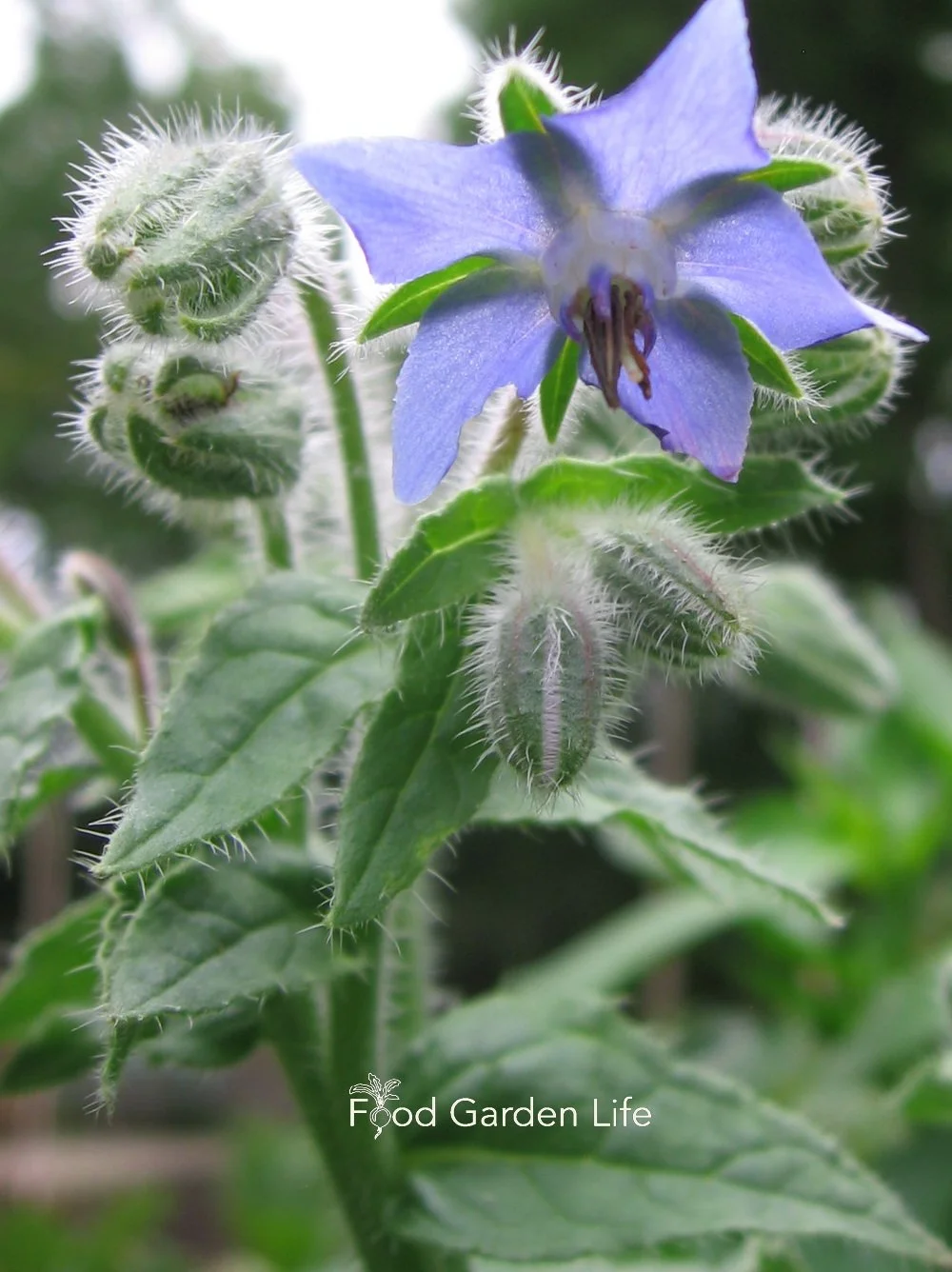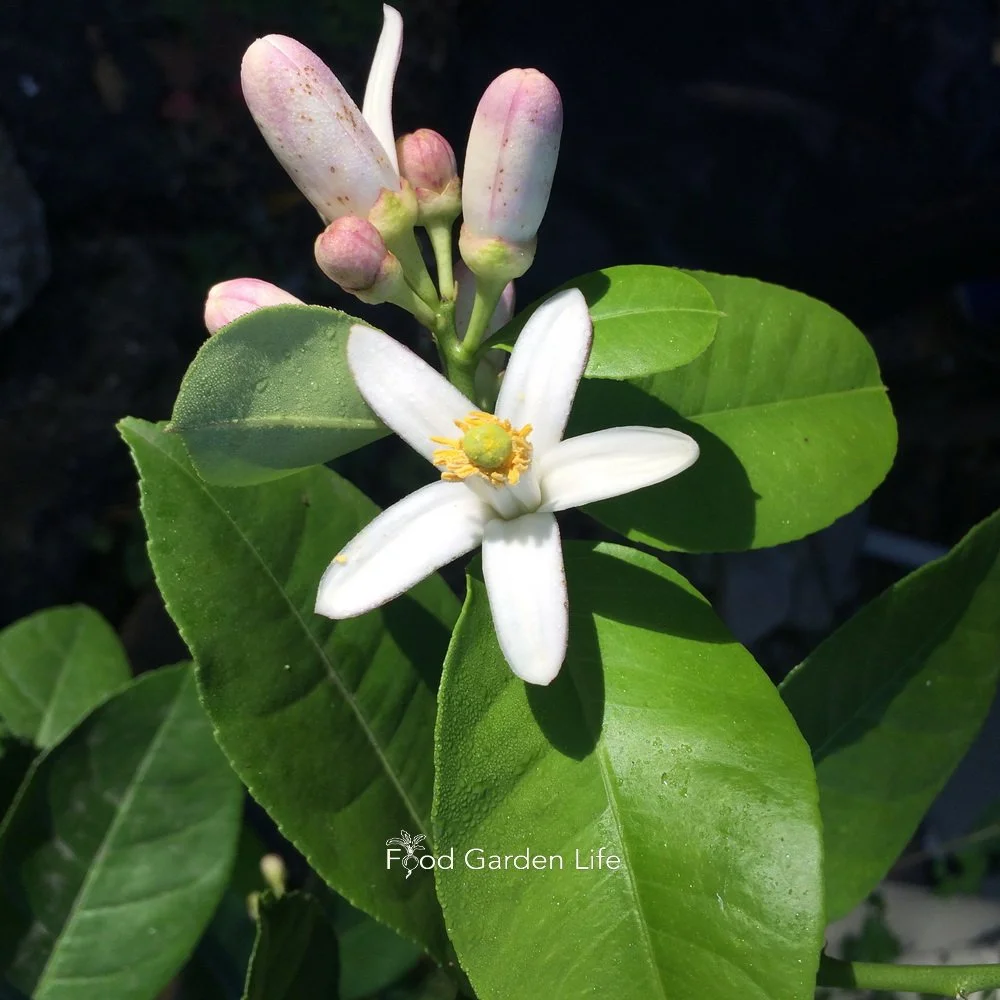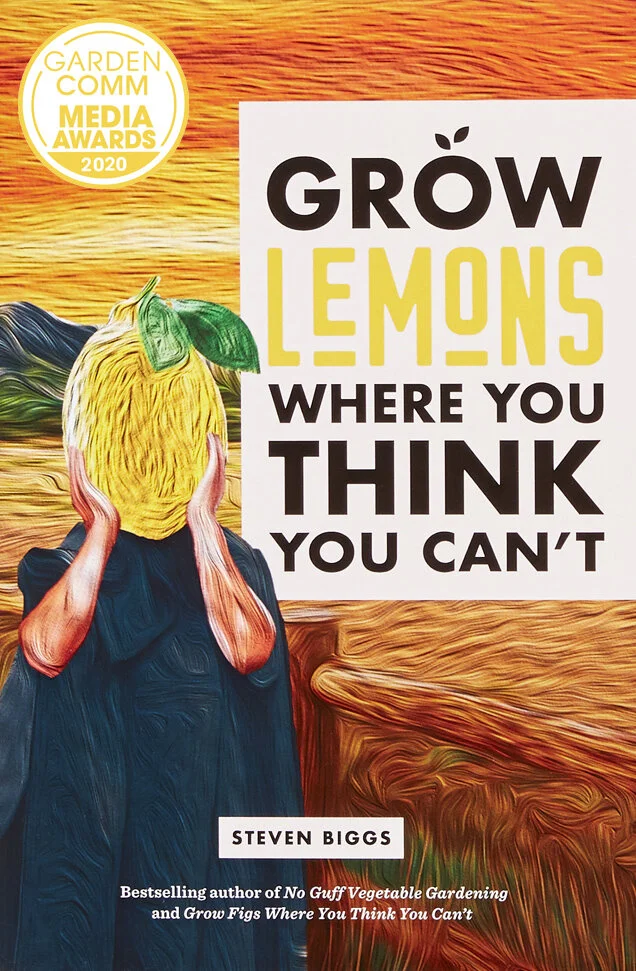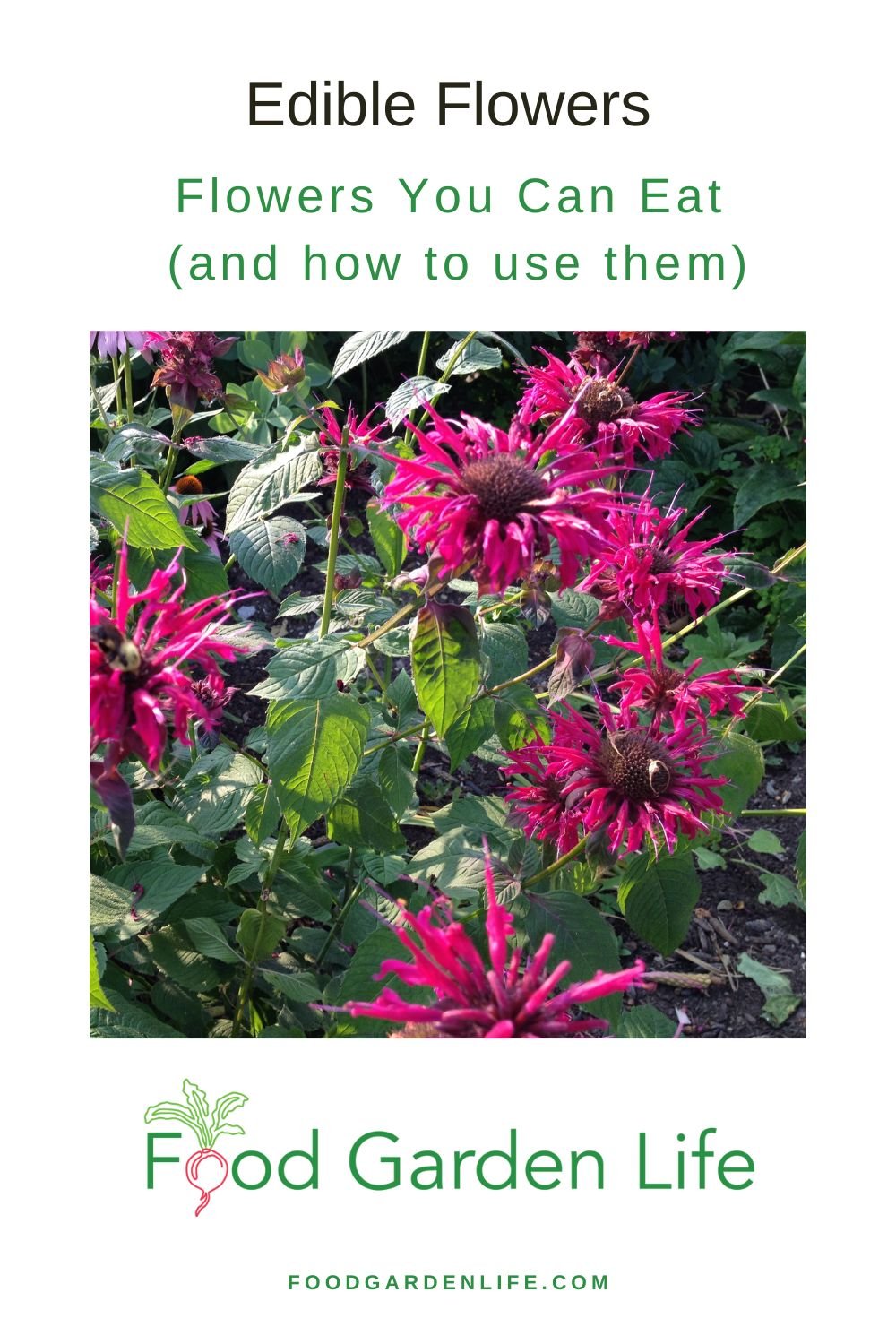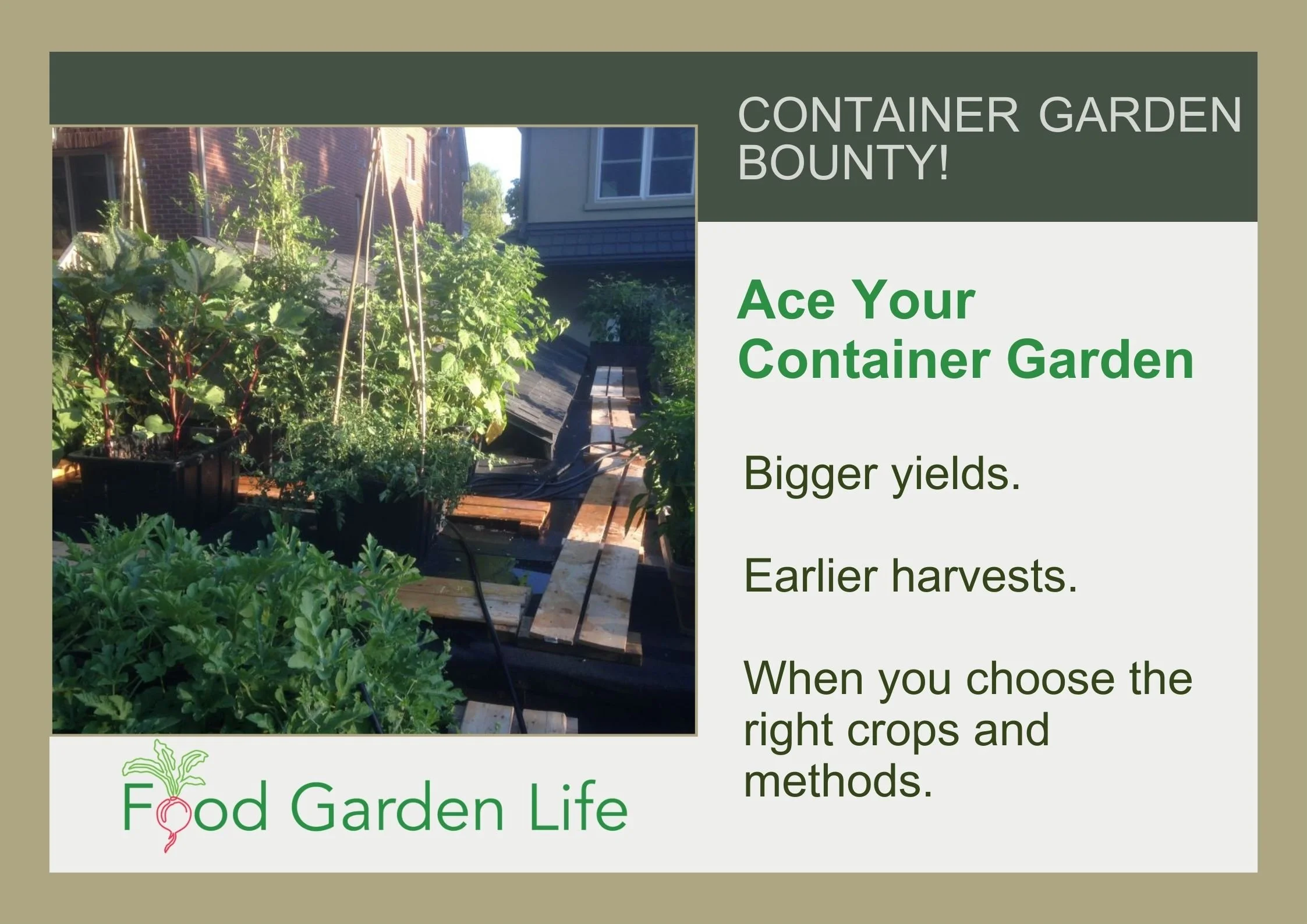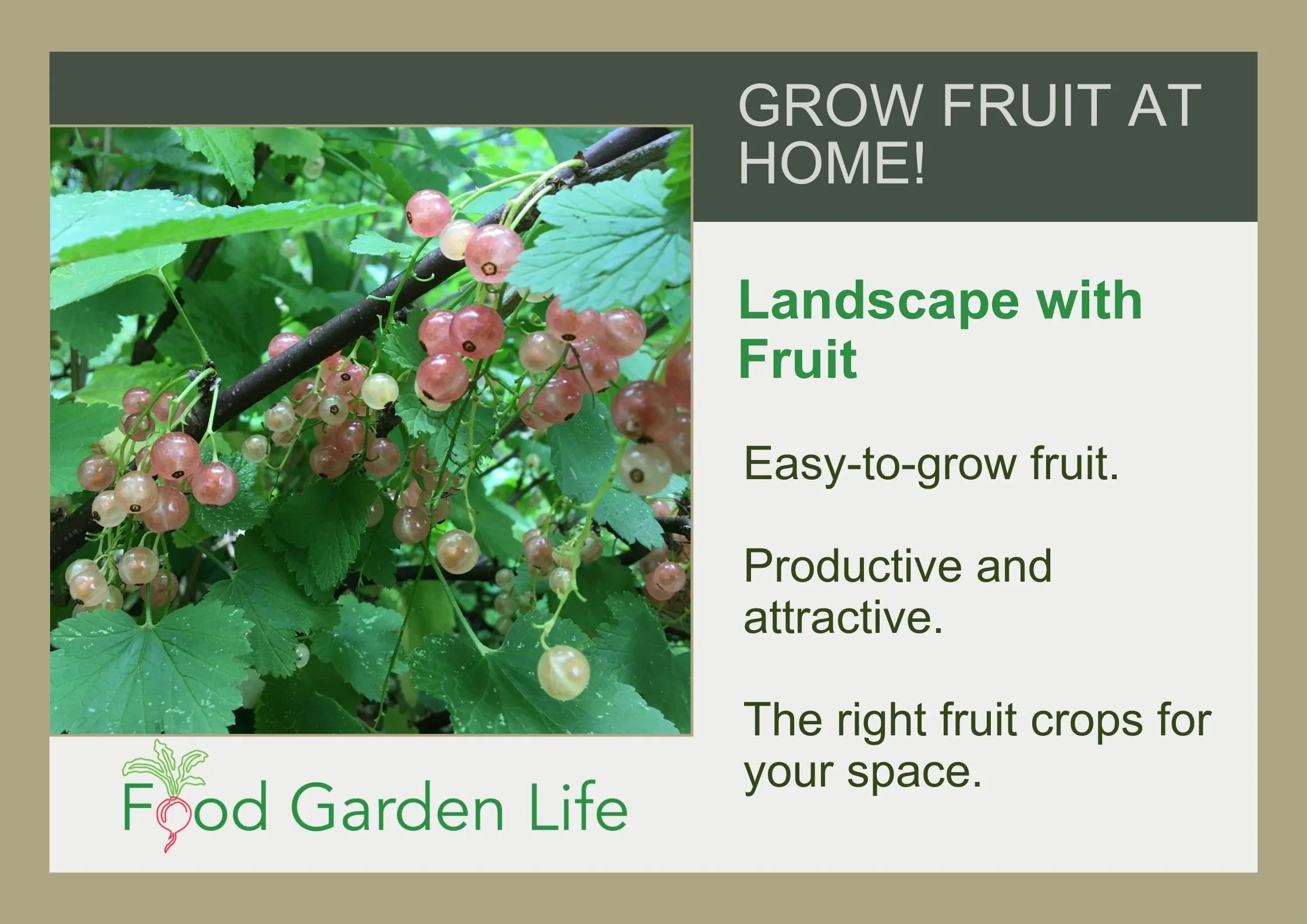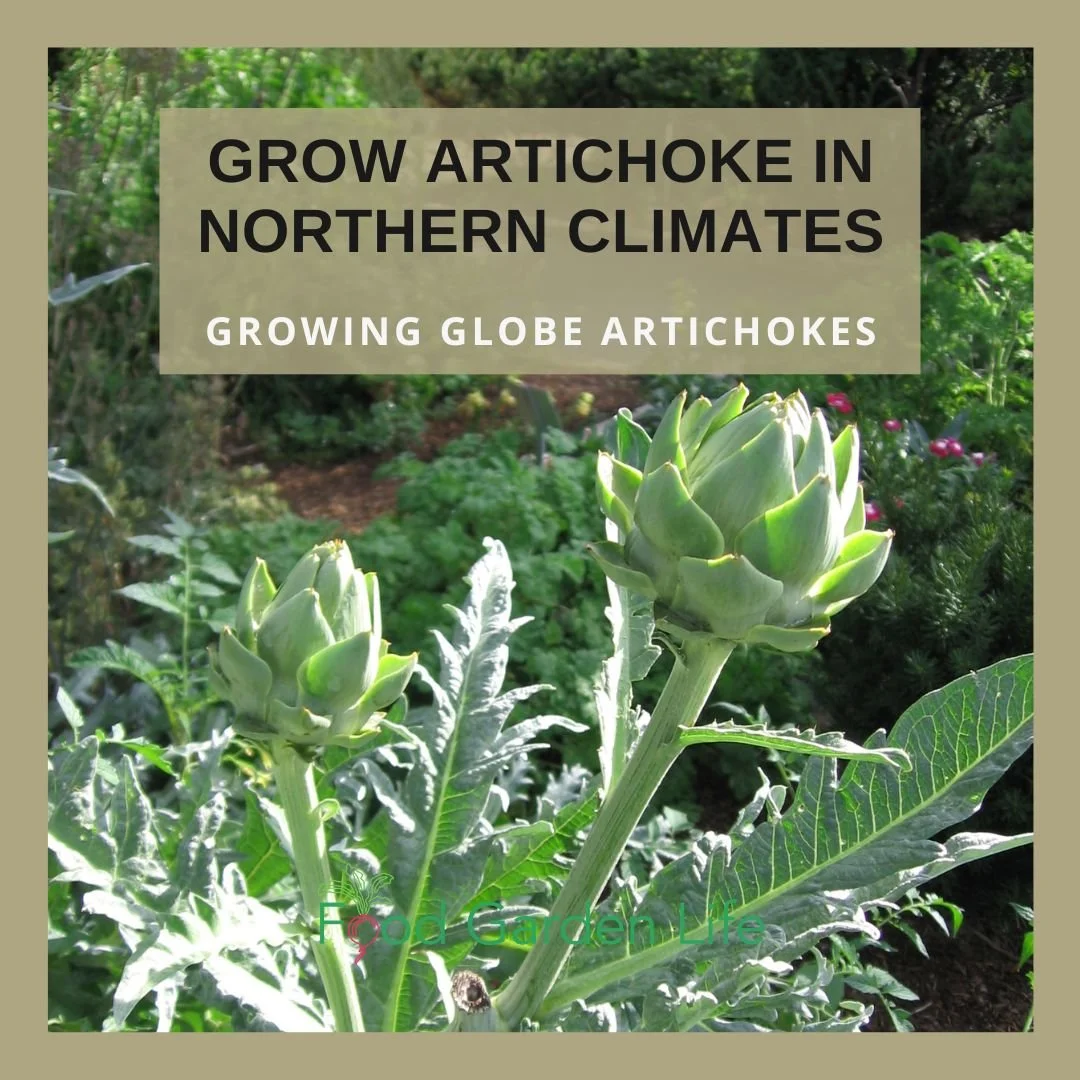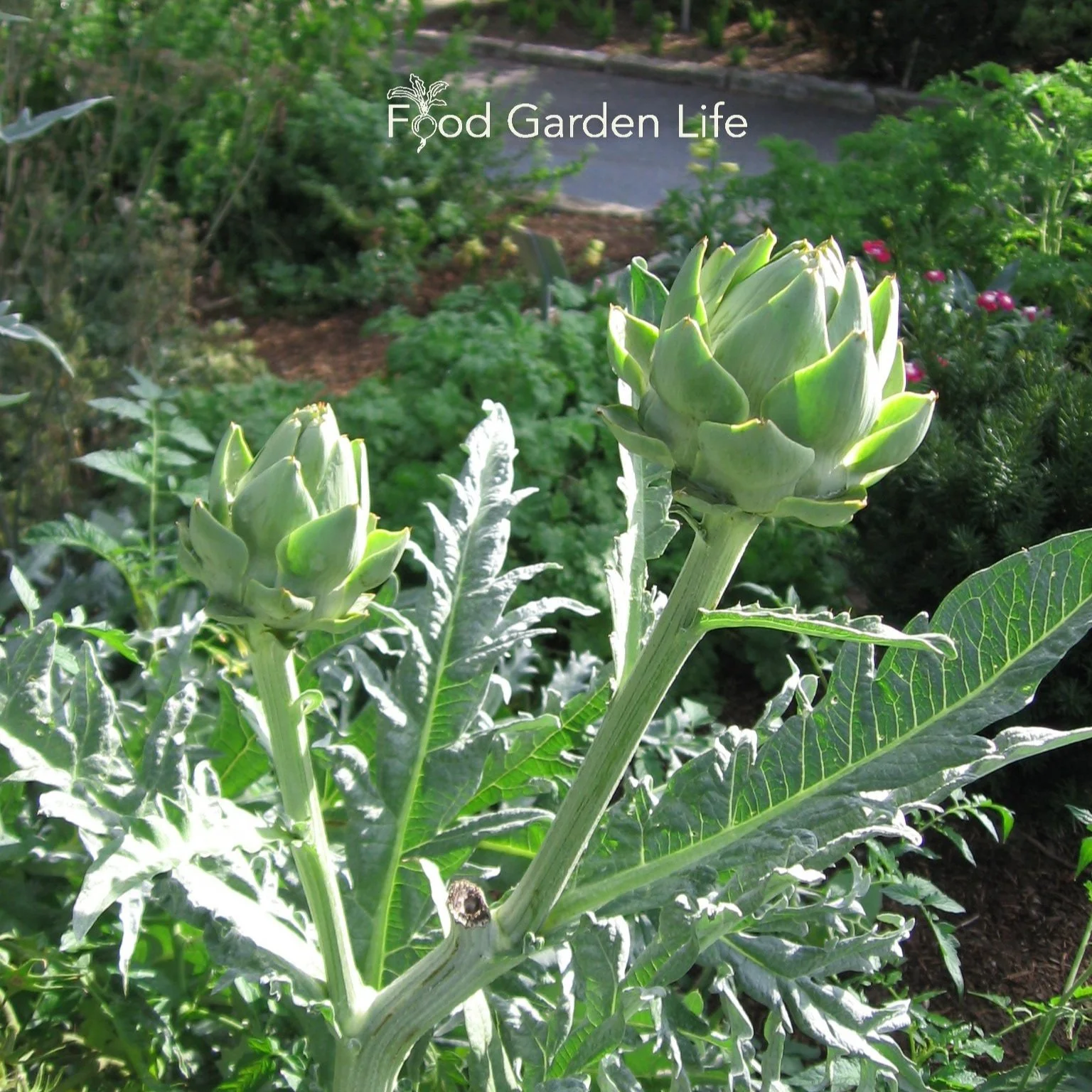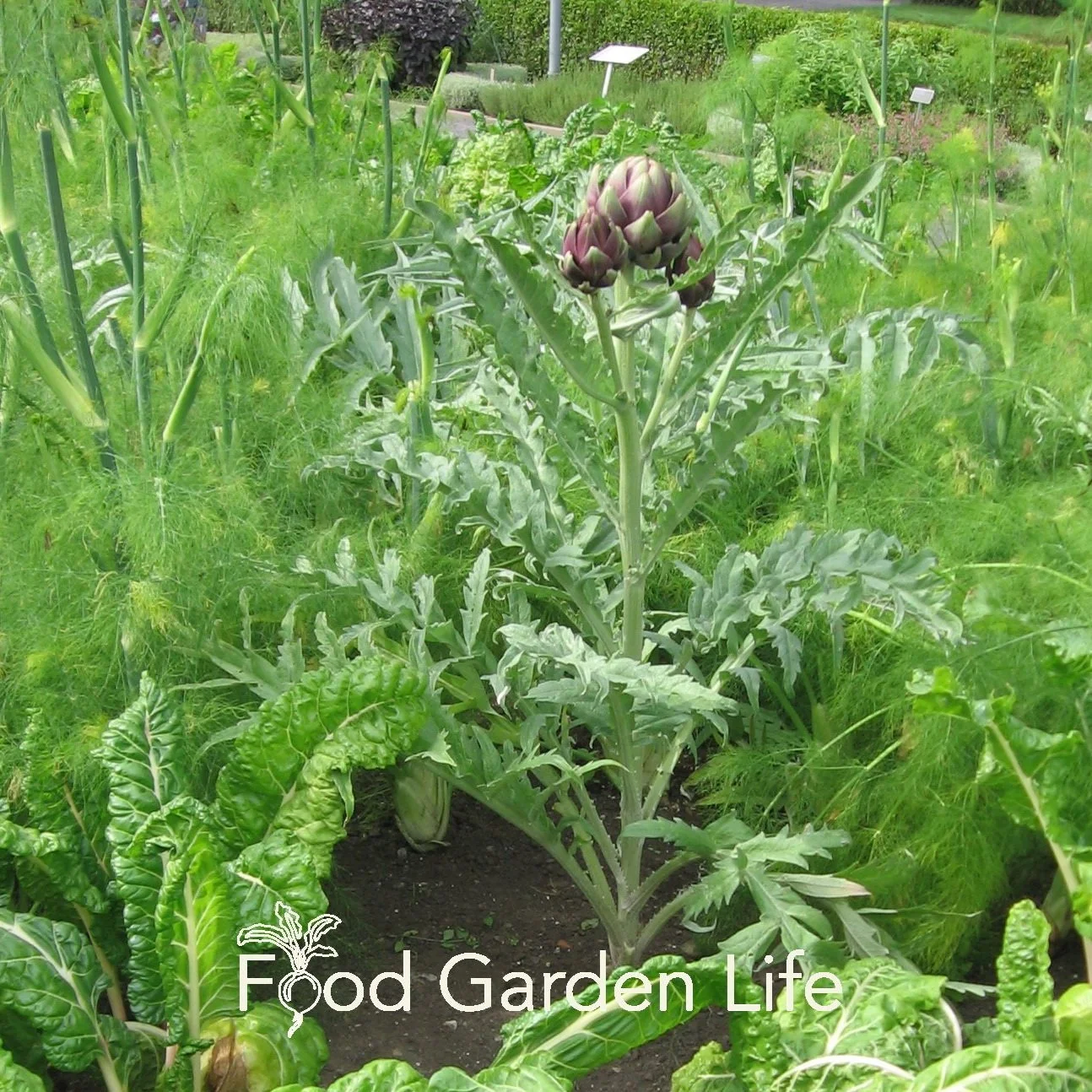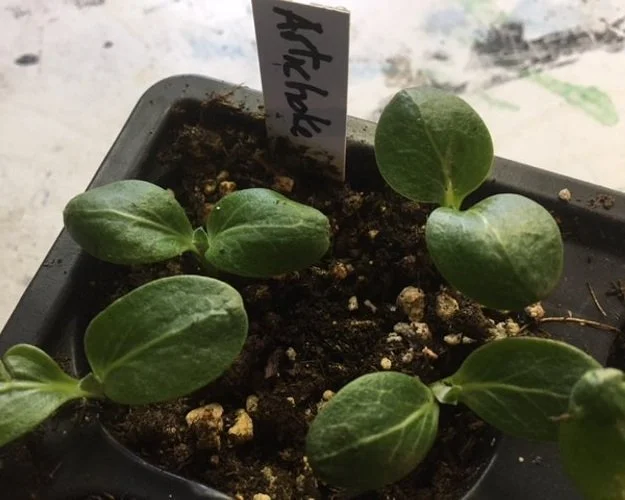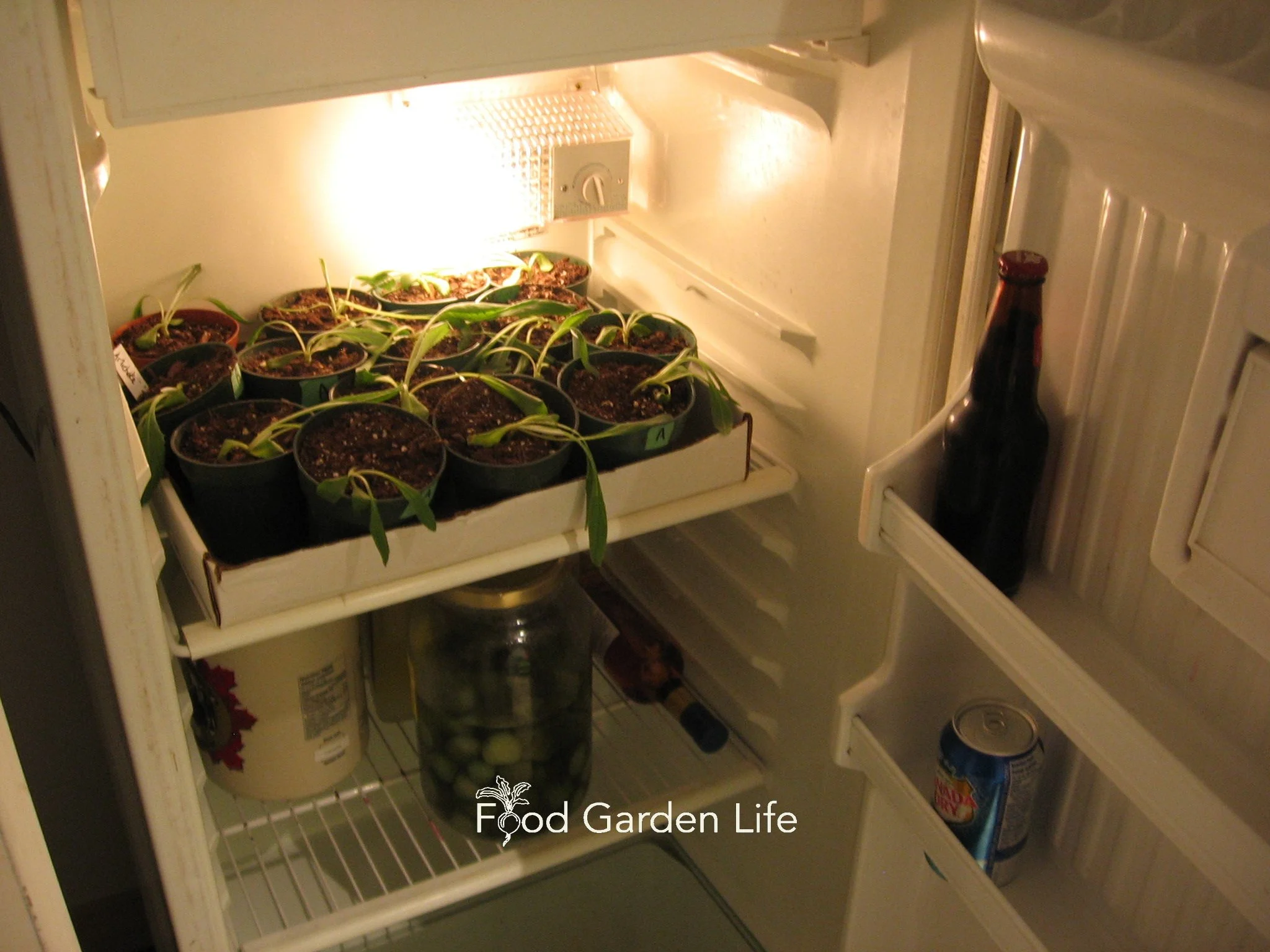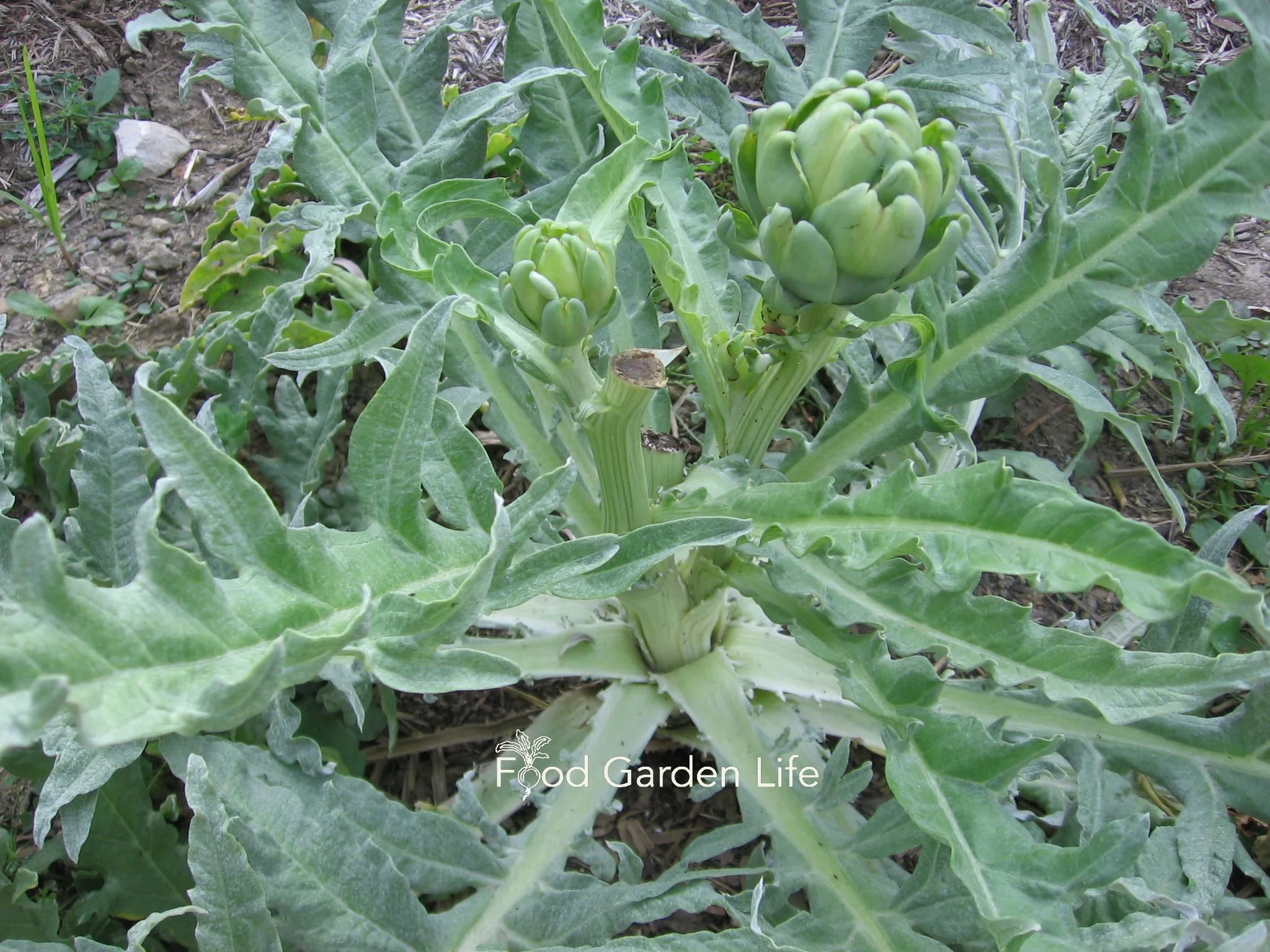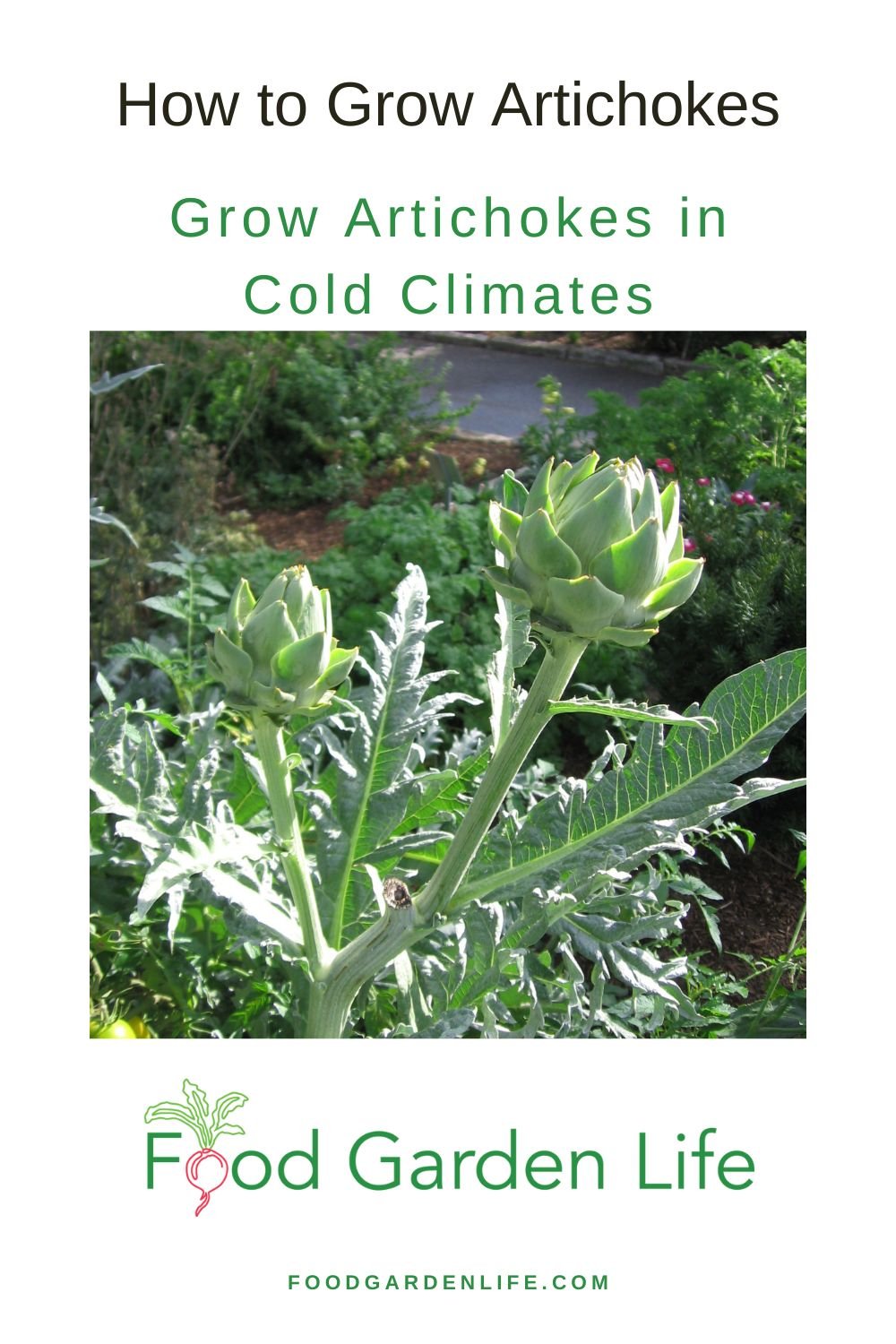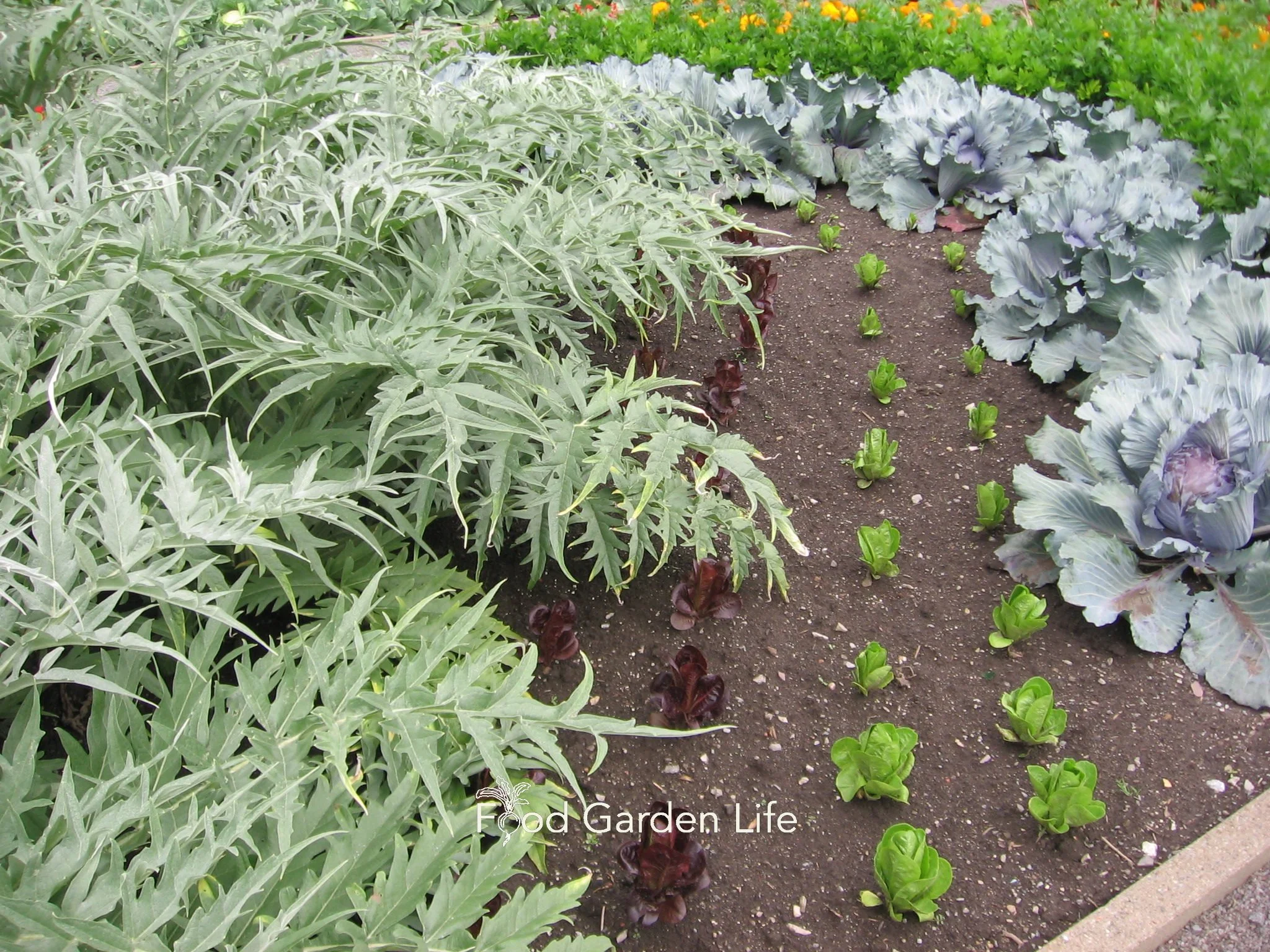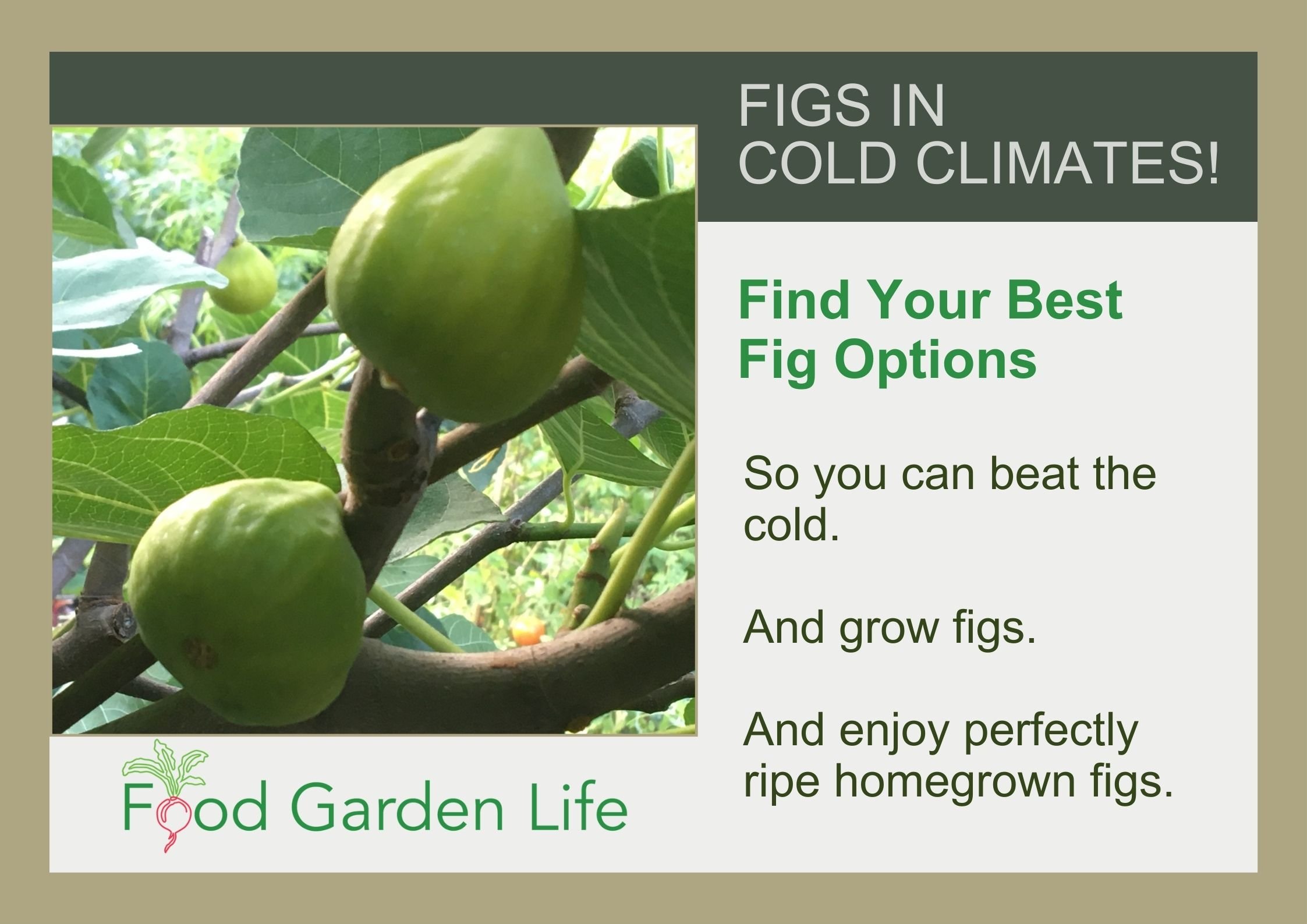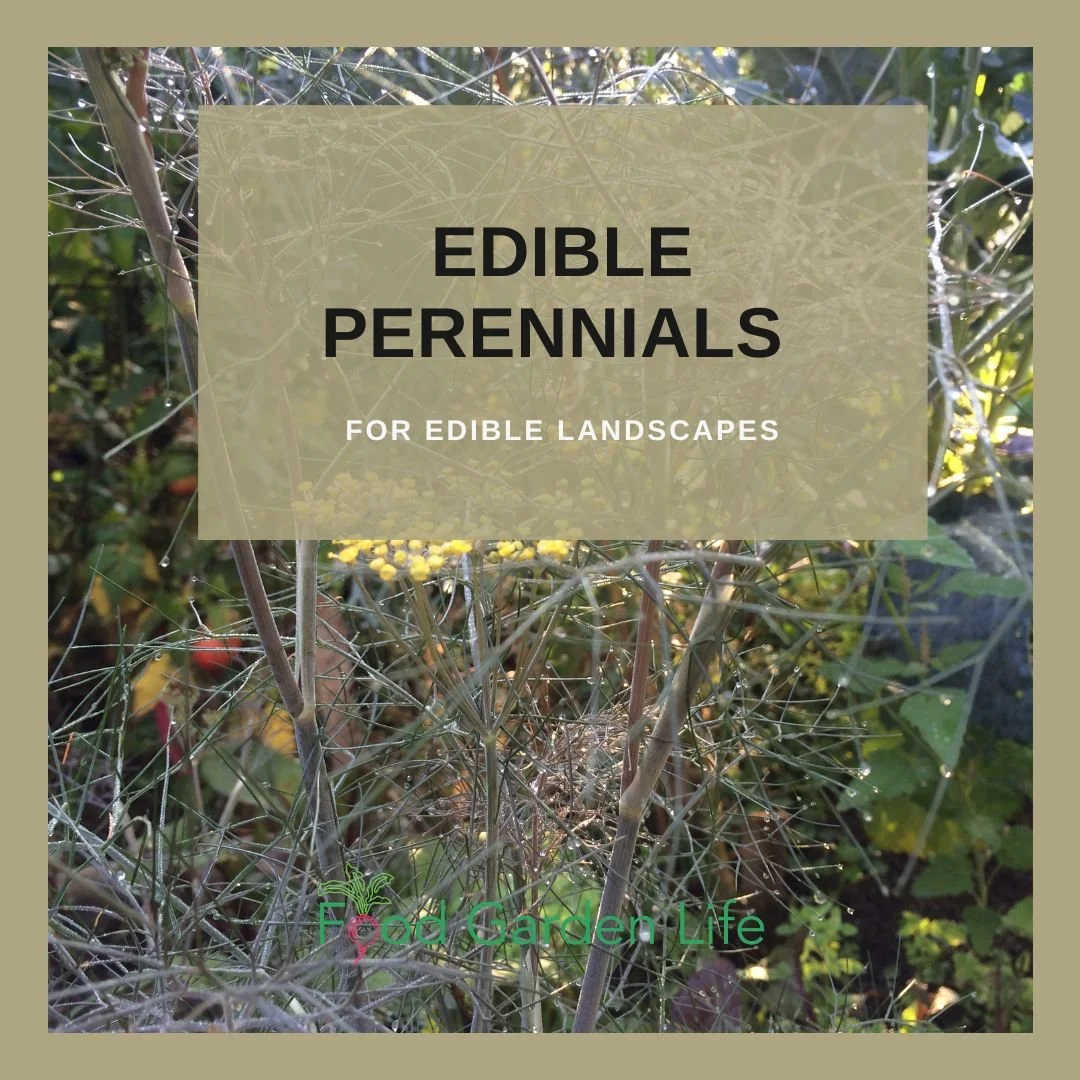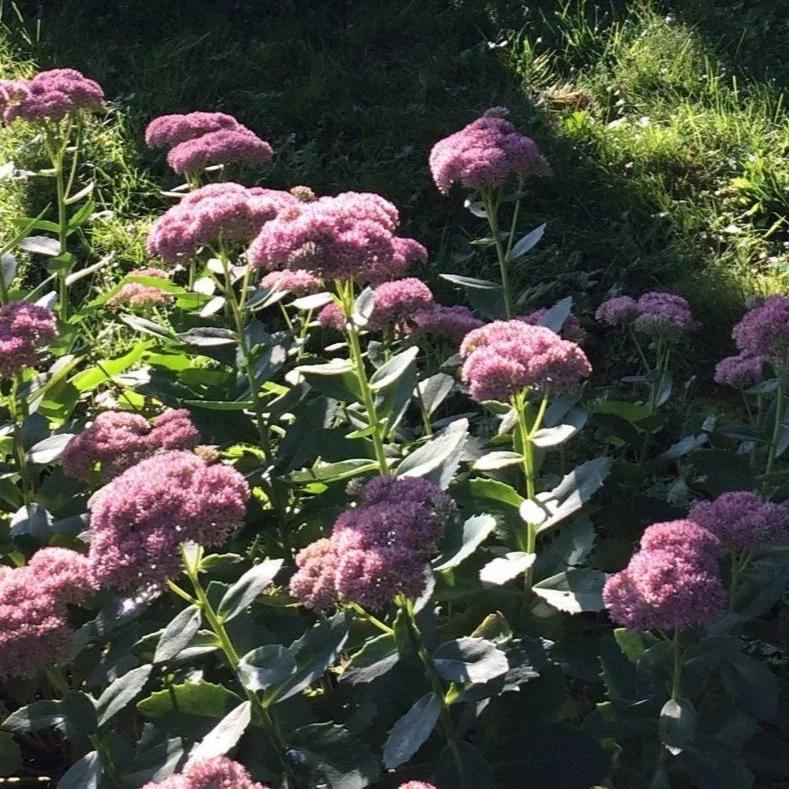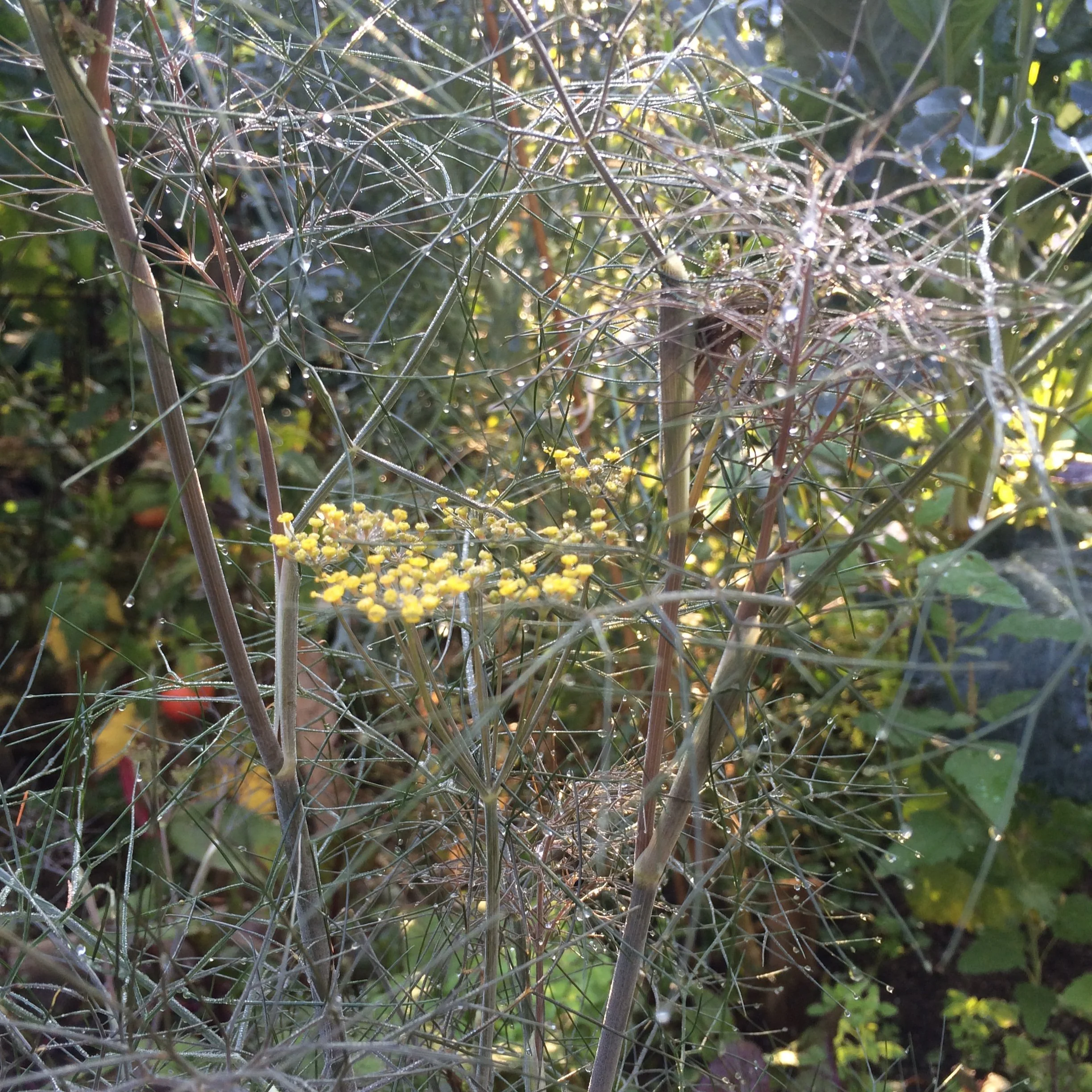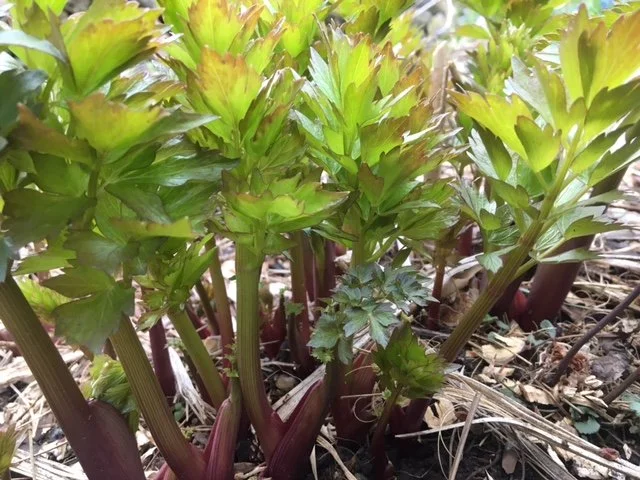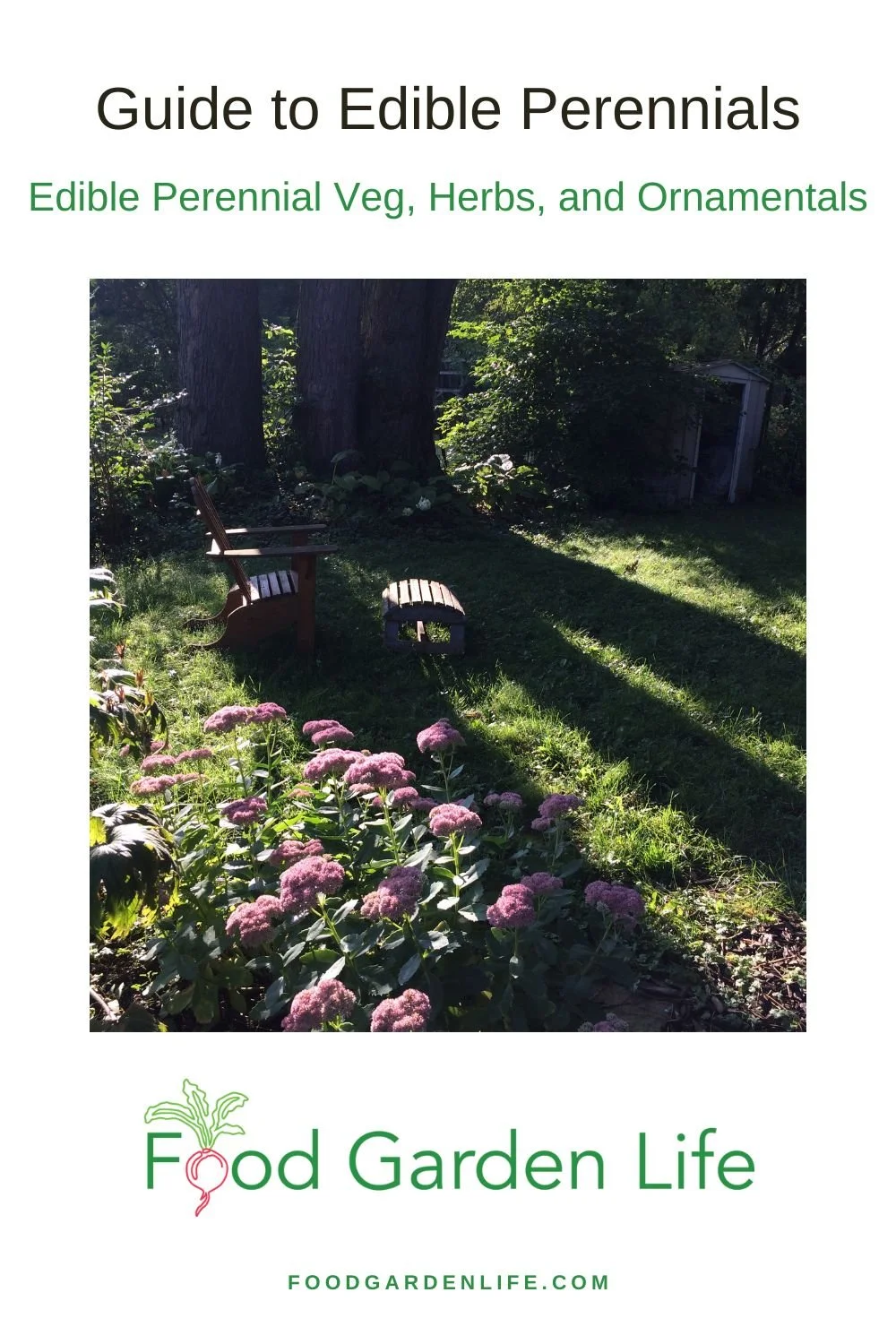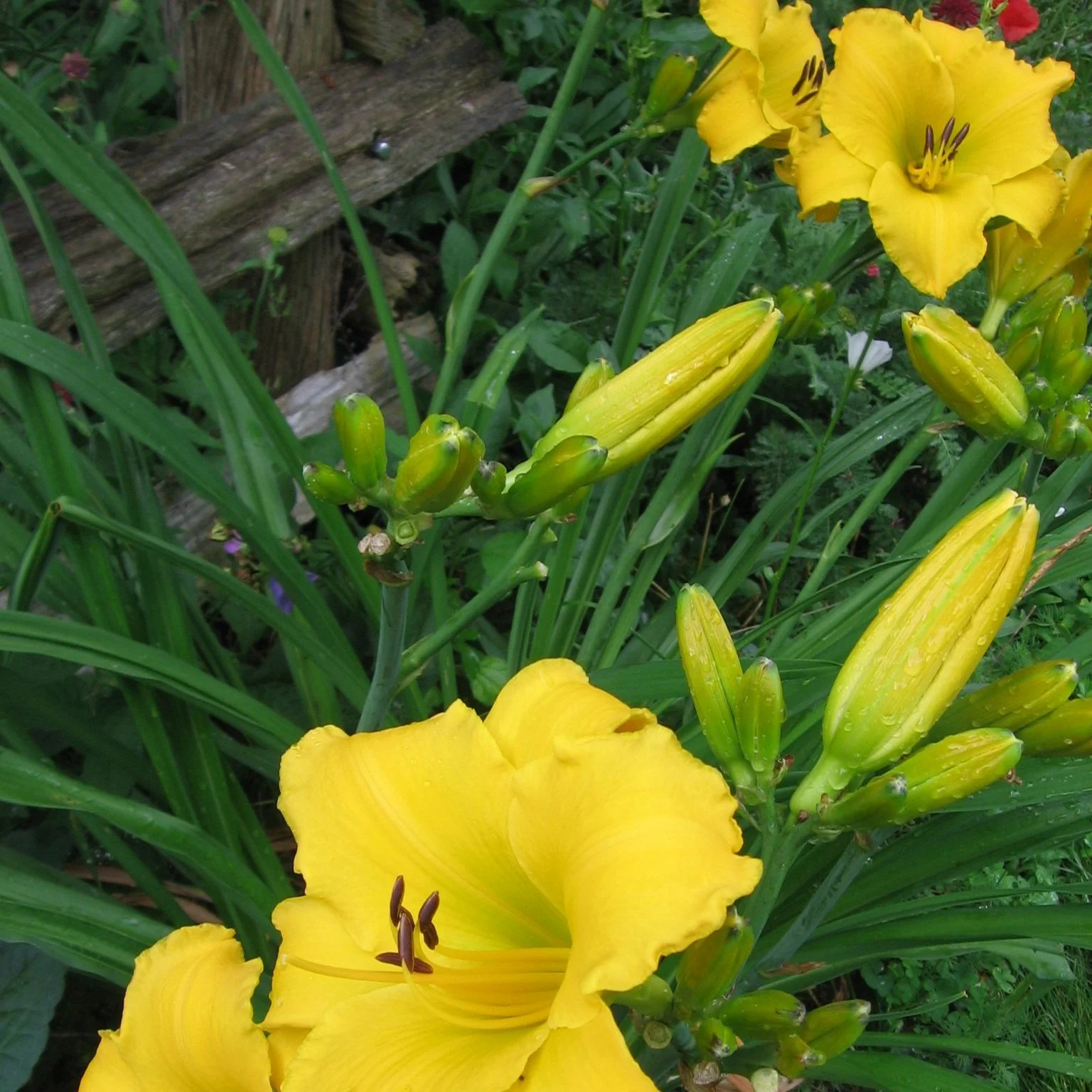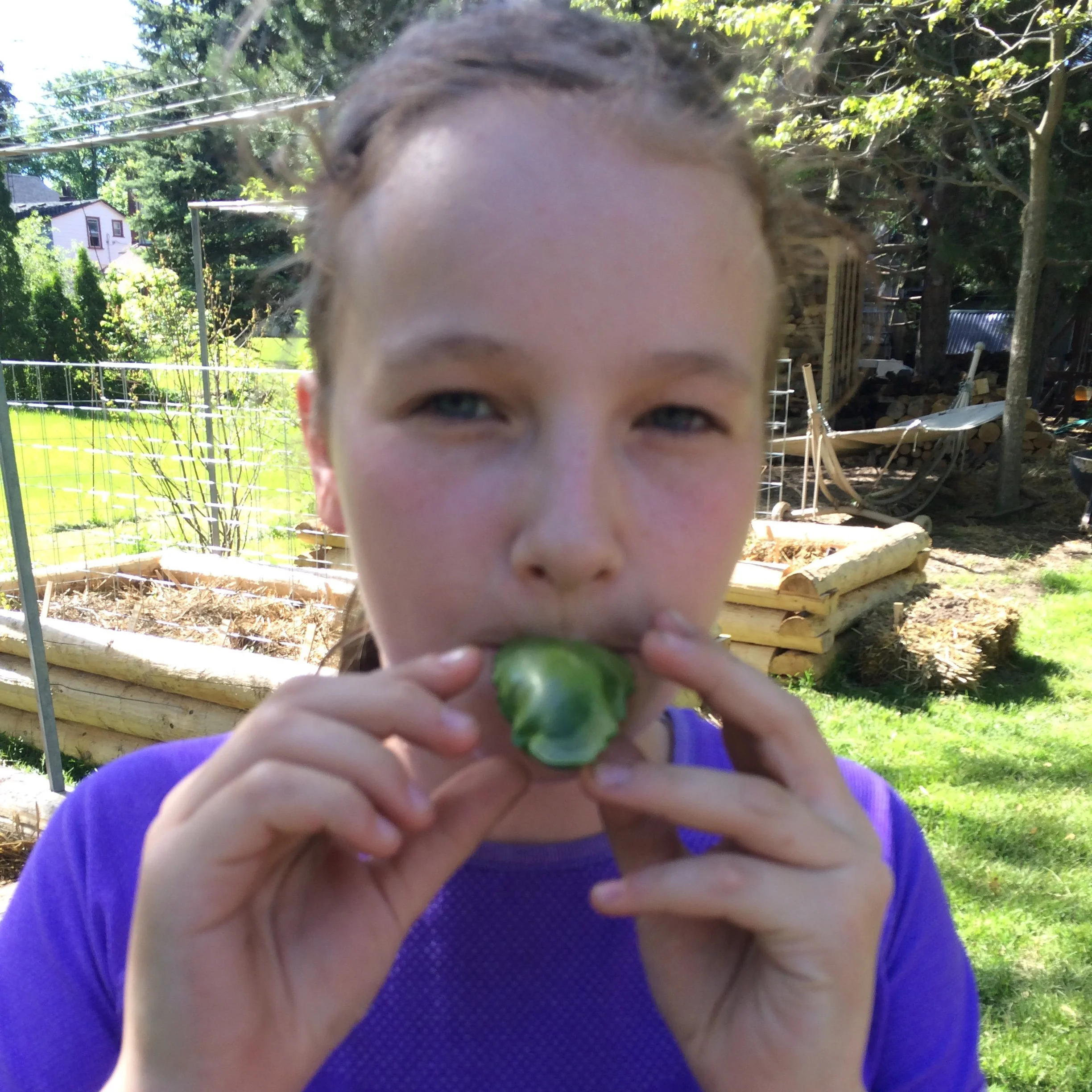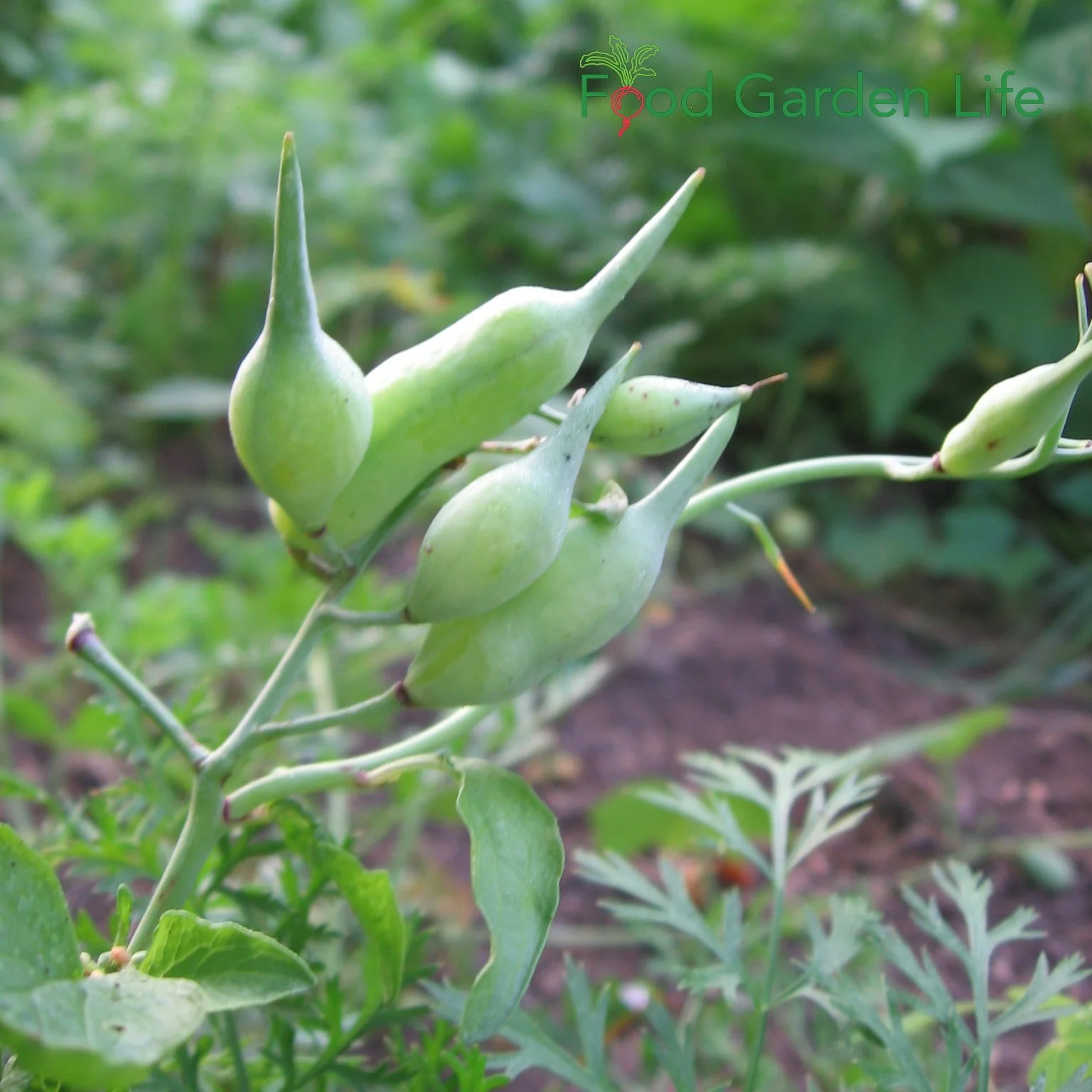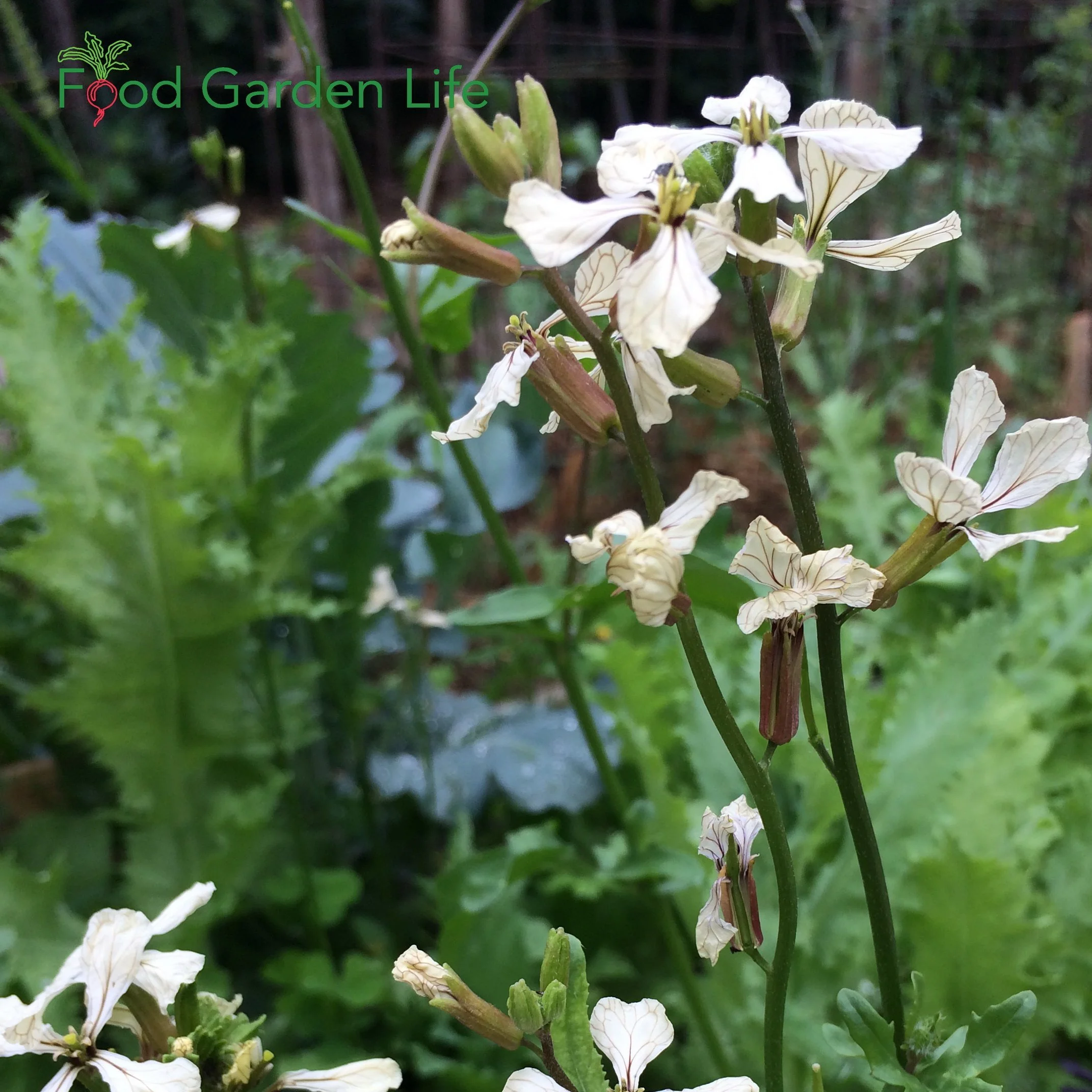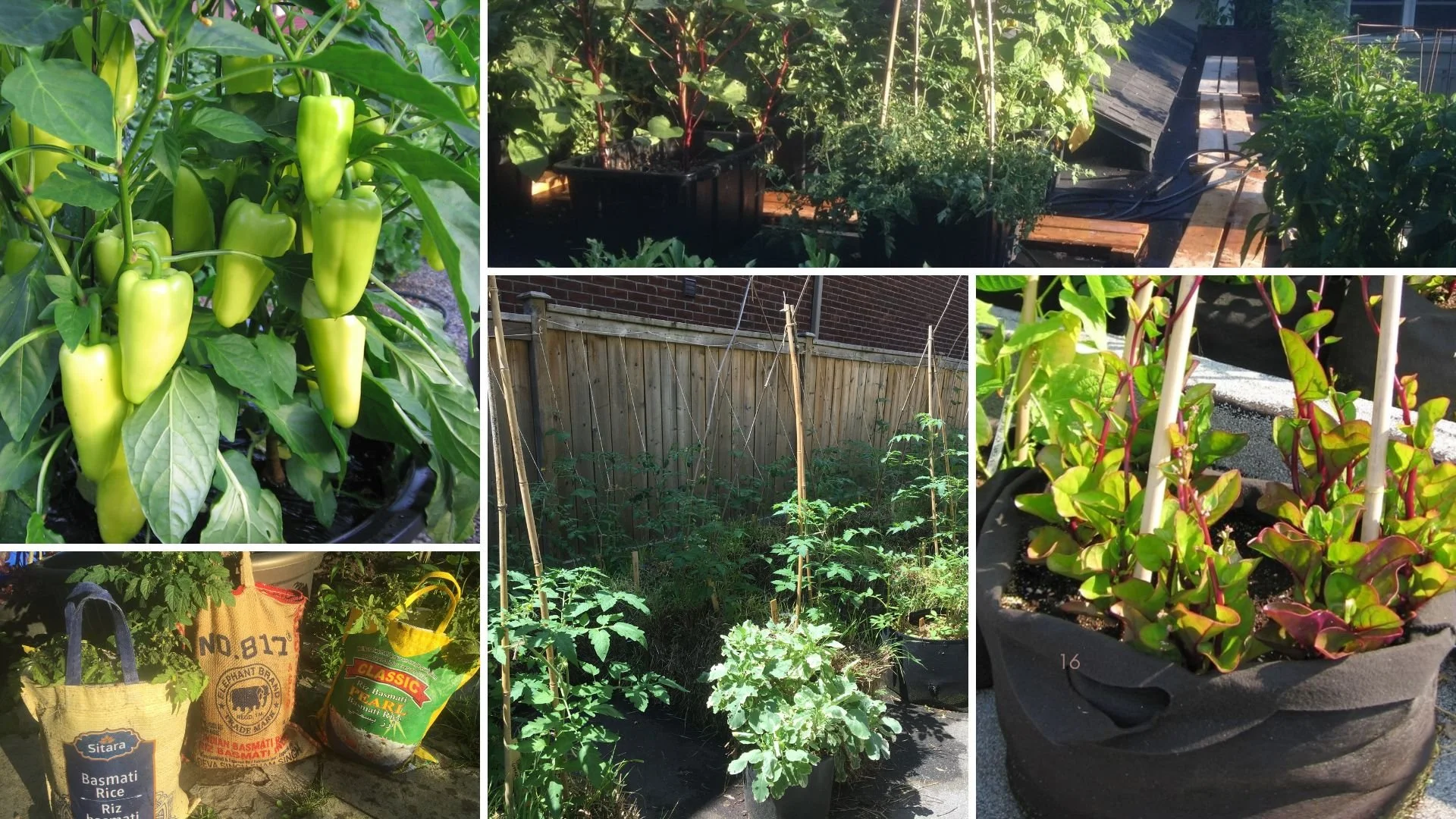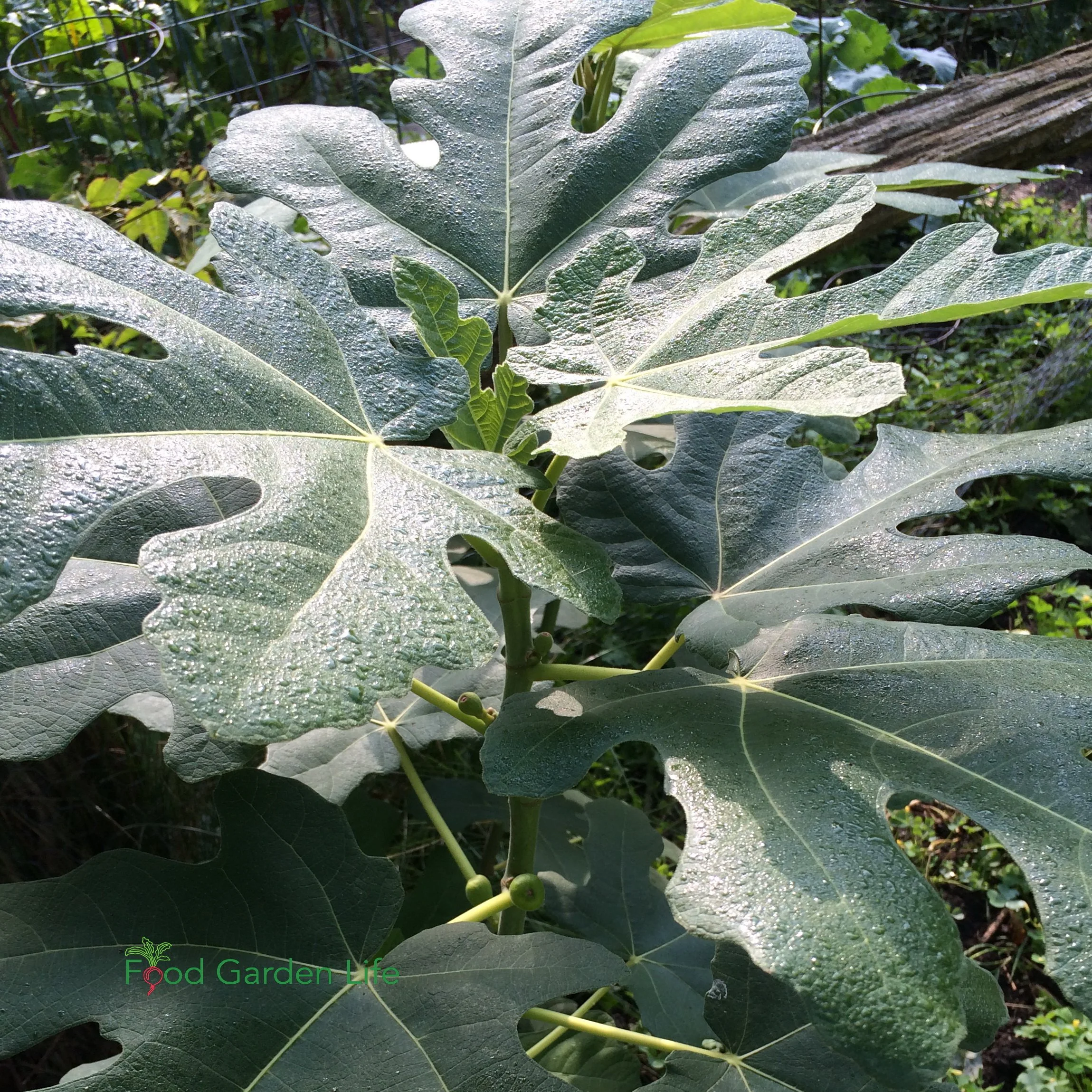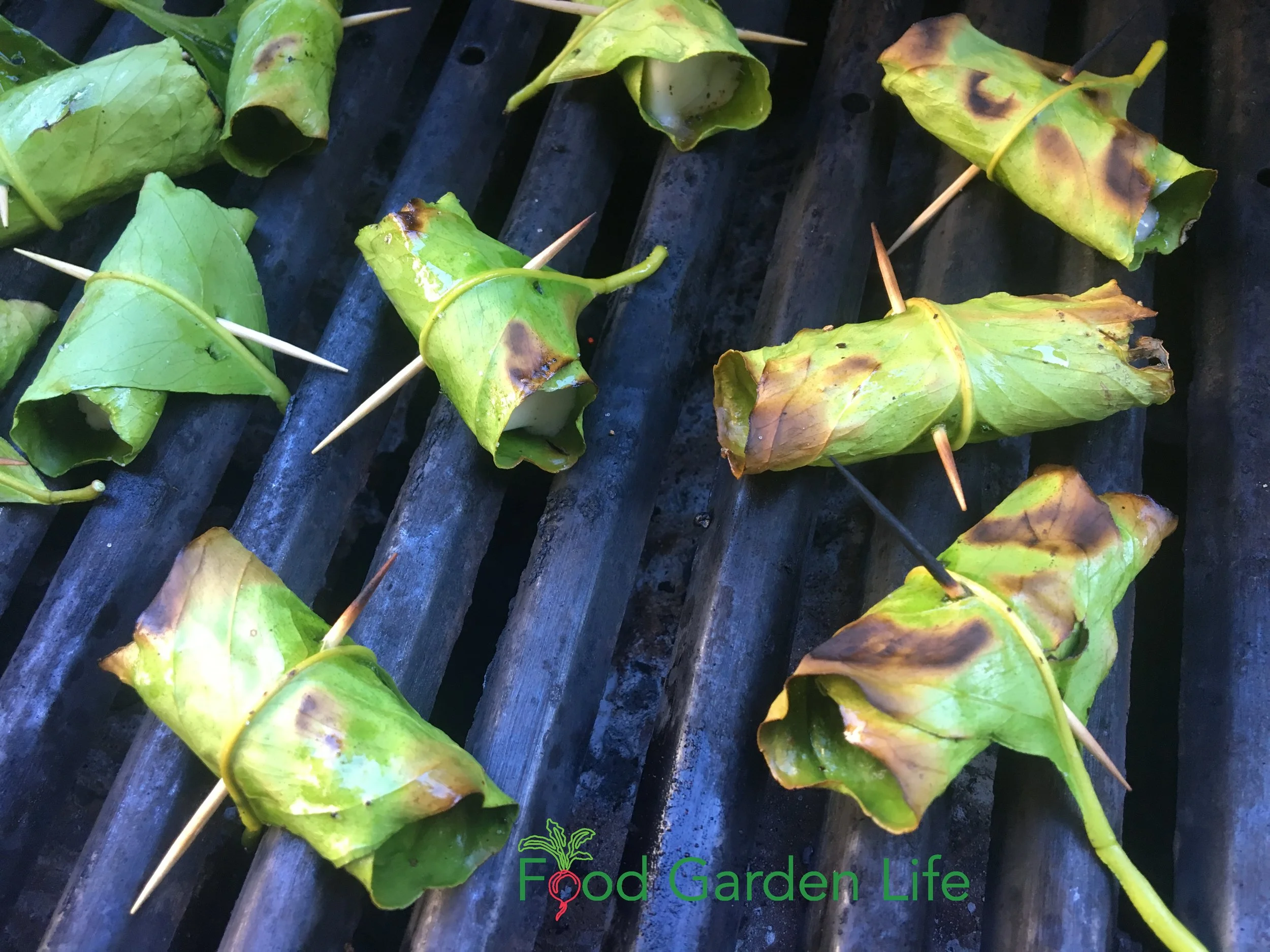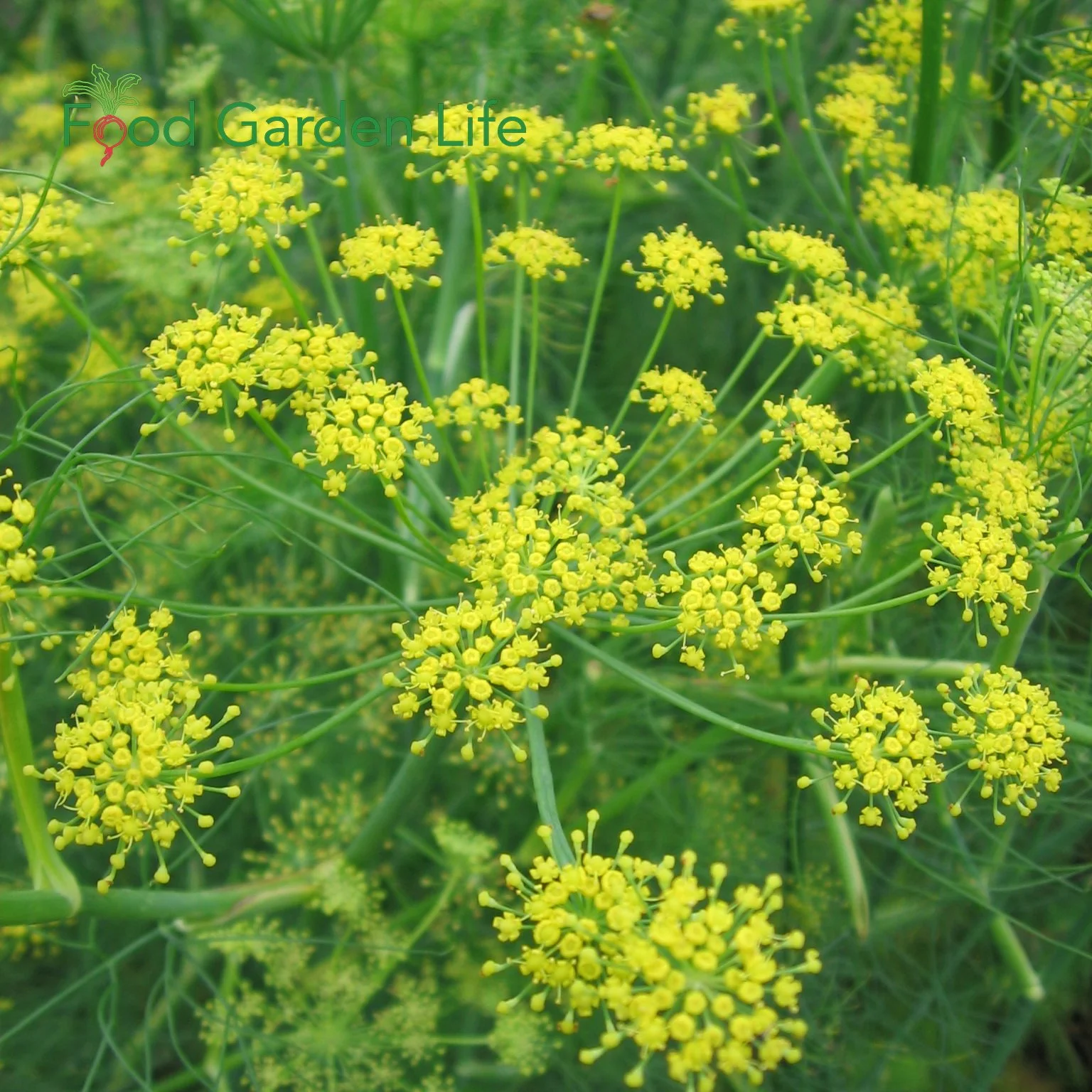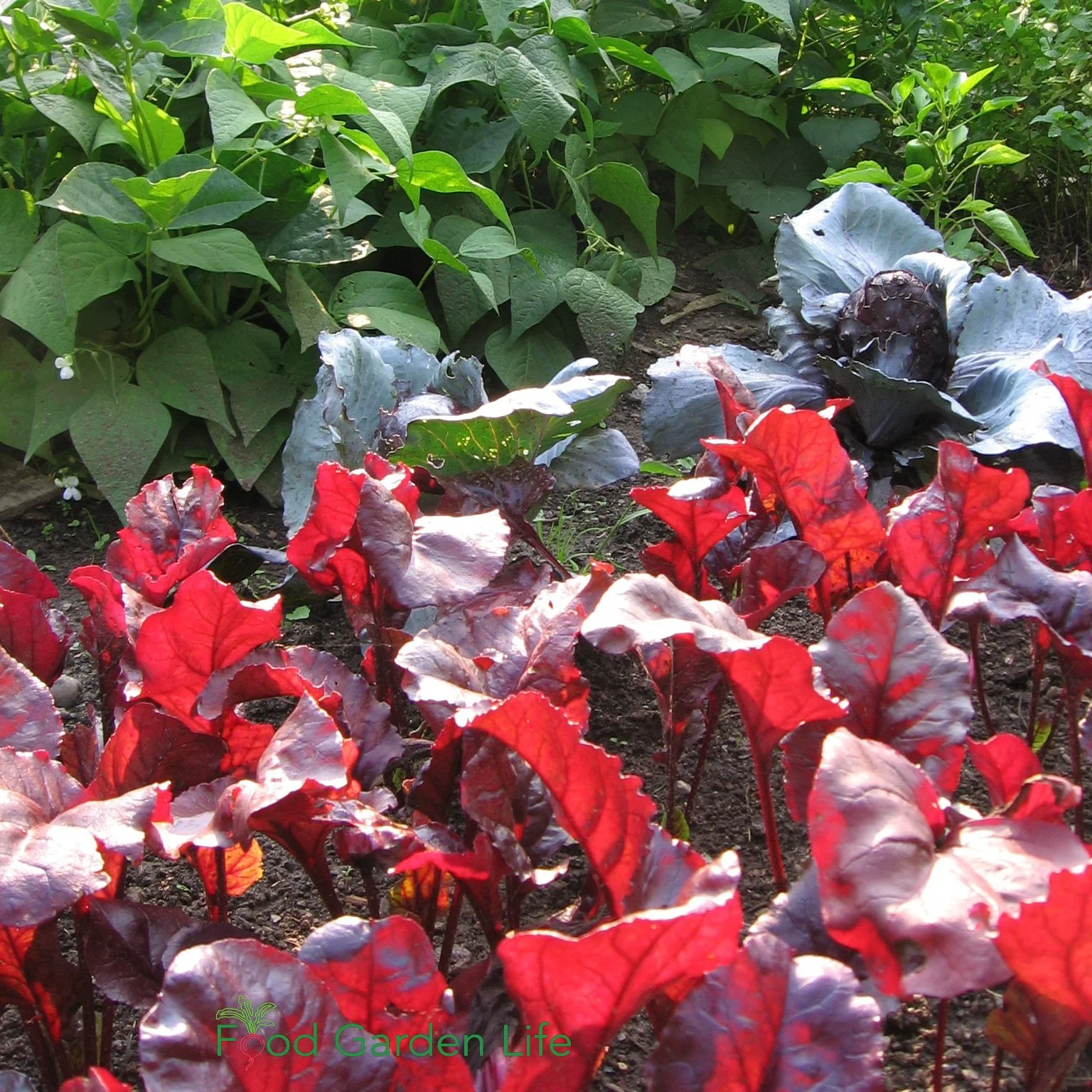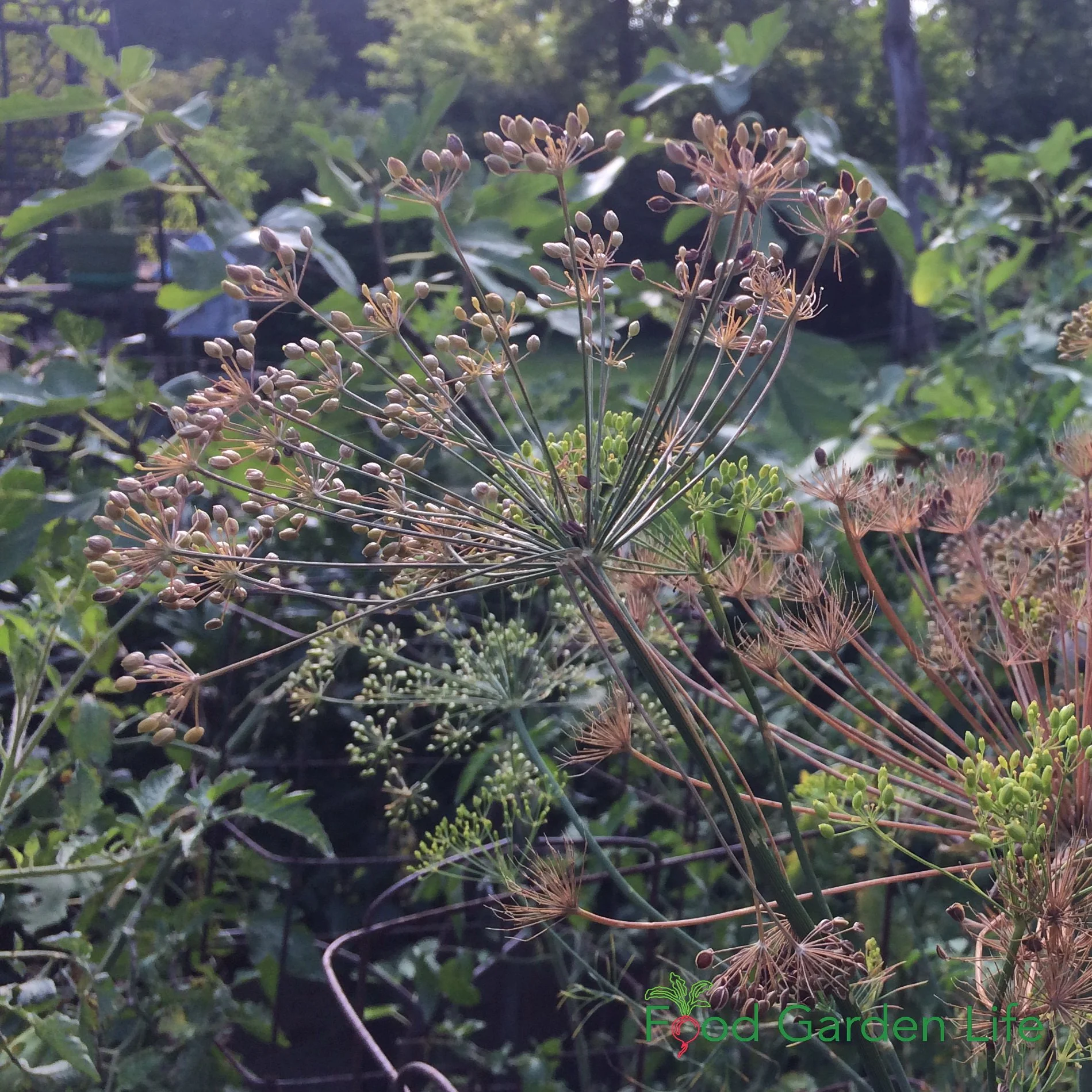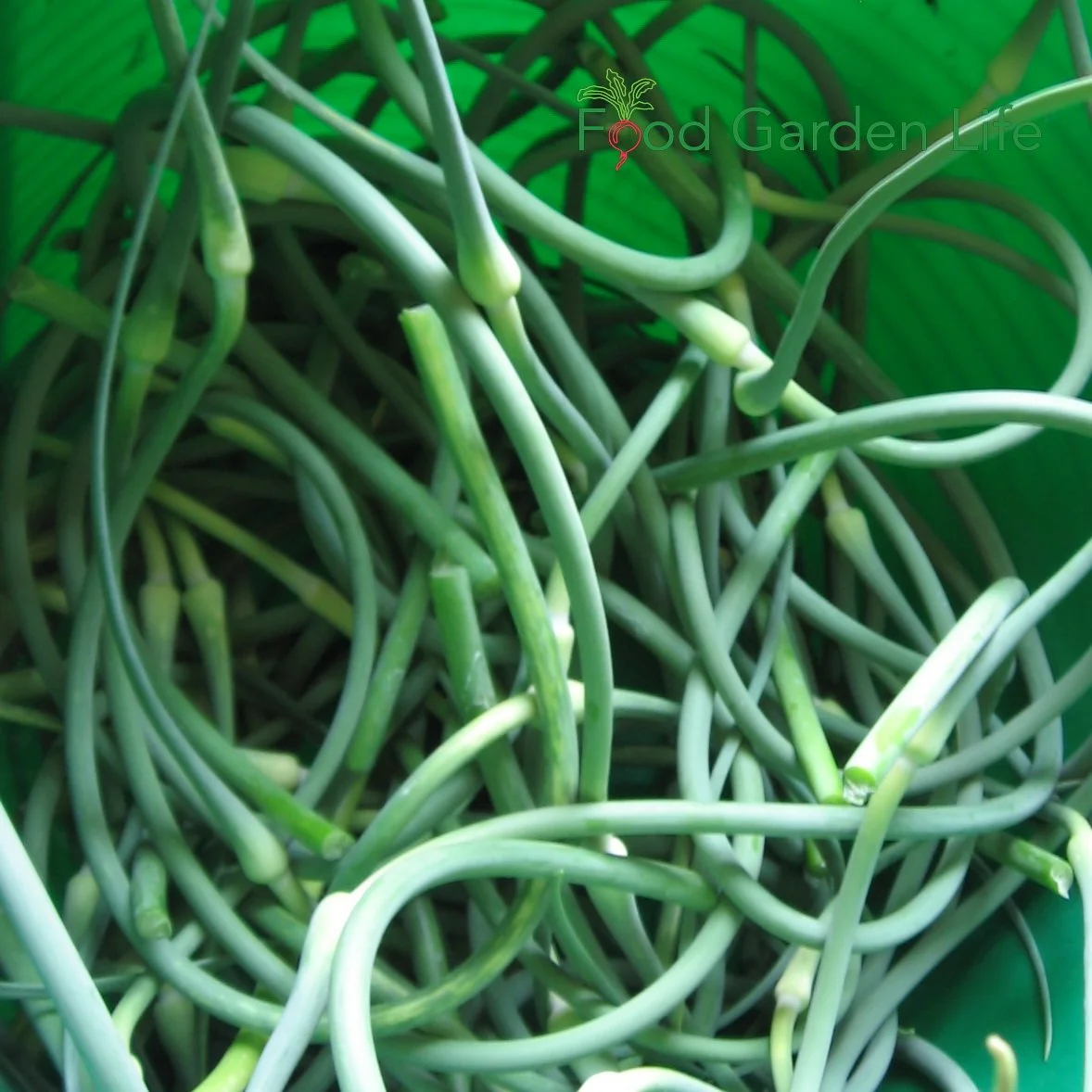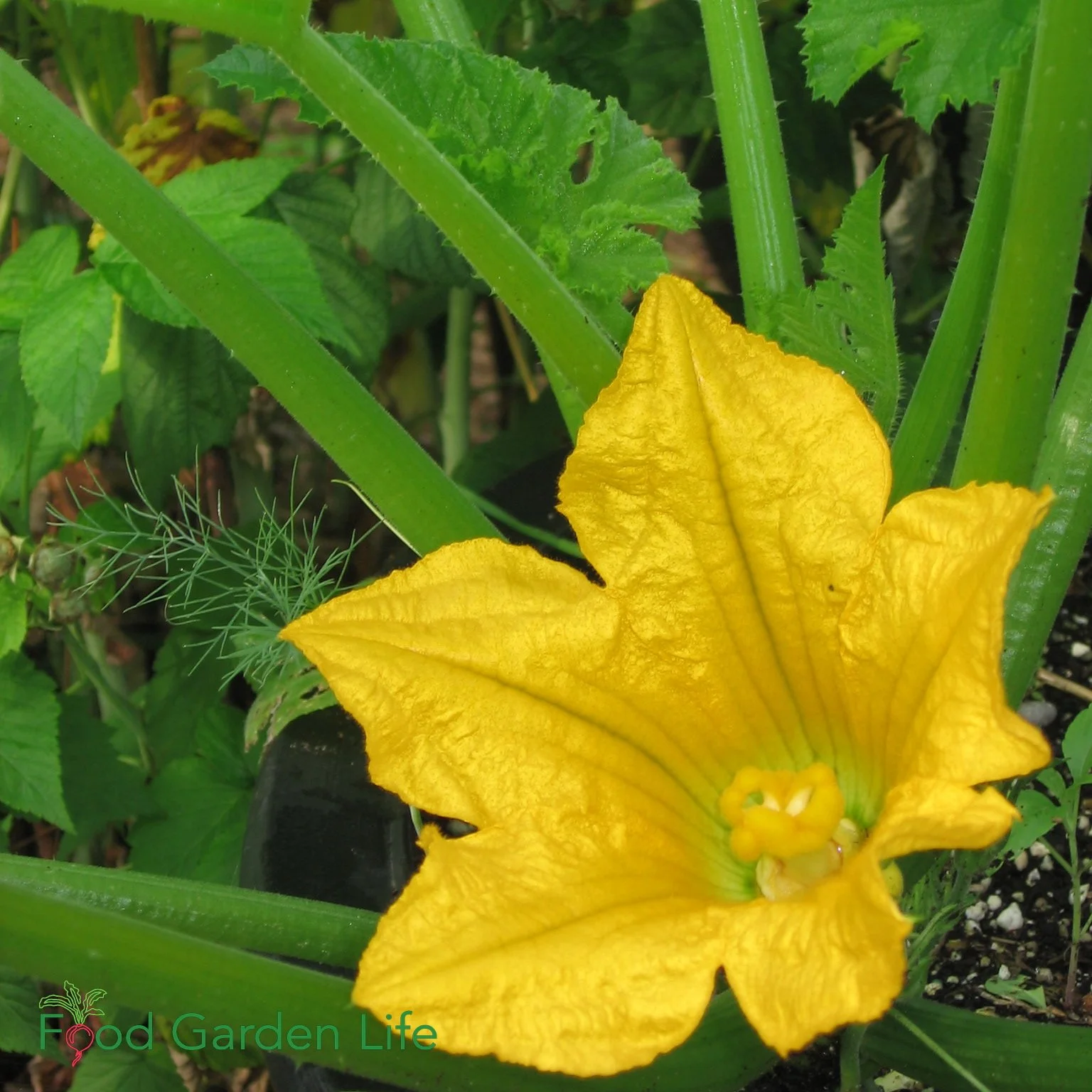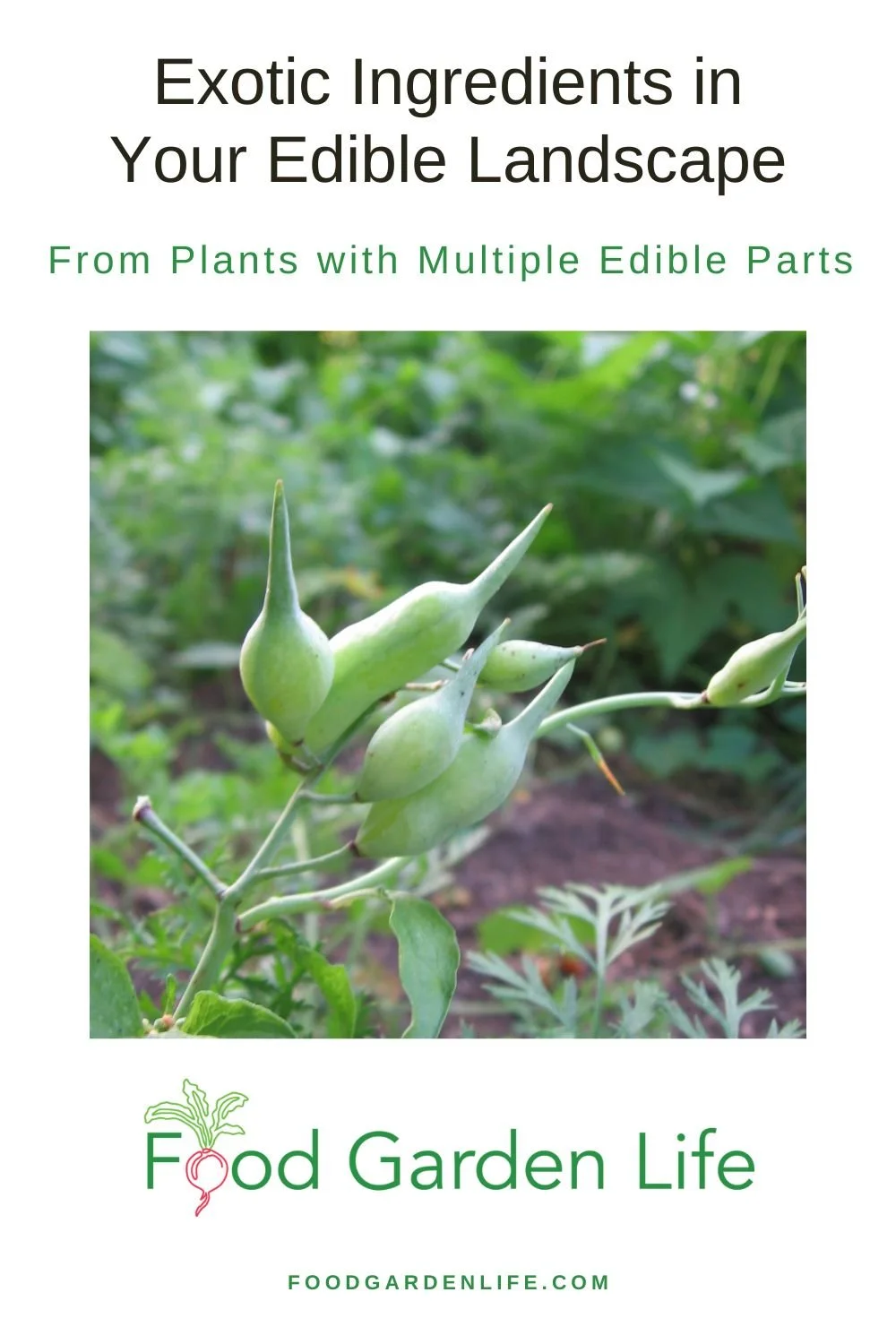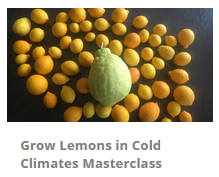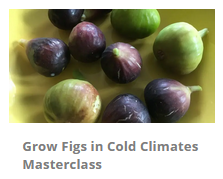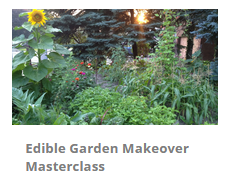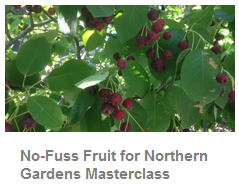
Edible Flowers: Flowers You Can Eat (AND how to use them)
Edible flowers: Find out which flowers are edible—and how to use them to spice up your cooking and culinary creations.
Edible Flowers for Your Garden
Bee balm (bergamot) is an edible flower that’s a good fit for a perennial border.
When I taught at a college with a farm-to-table horticulture and culinary program, the chef asked us to harvest small zucchinis with the flower still attached at the end. A pedestrian ingredient elevated to gourmet.
Yet they often fly under the radar. You can fit edible flowers into a vegetable garden, herb garden, edible landscape, and beyond. You might have some growing there already.
Once they’re on your radar, you’ll see them everywhere.
If you’re wondering what flowers you can eat, keep reading. This post explains where you can grow them, lists easy-to-grow edible flowers, and has ideas for creative ways of using them.
How to Grow Edible Flowers
Use bachelor’s buttons petals to decorate a cake, or dried in a tea.
Because edible flowers grow on a very wide range of plants, there’s no one-size-fits-all growing advice. Many are sun loving. Some tolerate some shade. While many are annuals, there are shrubs and trees too.
Success growing edible flowers is a matter of selecting the right plant for the right growing conditions.
Some of my favourite edible flowers are the ones that self-seed in my garden, meaning they come back year after year without me having to plant them. I like gardening that way.
NOTE: Not all flowers are edible. So don’t eat it if you’re not certain it’s edible. Start with small amounts if it’s the first time you’re eating a flower. As with any food, some people can have sensitivities.
Calendula (pot marigold) self-seeds in my garden. I let a “hedge” of calendula frame one of my potager beds.
Where to Grow Edible Flowers
Edible Flowers in the Vegetable Garden
There are lots of edible flowers to be found in a vegetable garden.
Here are some of my favourites.
Arugula flowers are edible and have a peppery taste similar to the leaves.
Arugula. Like the leaves, these small flowers are peppery. They’re nice atop a salad or a savoury soup.
Broccoli. We grow broccoli to harvest before the flowers open…but if your broccoli beats you to the punch and the flowers open, you’ll have cheery yellow flowers to toss into a salad or use as a garnish.
Fennel. Clusters of small, bright yellow flowers have a delicate anise flavour. I’ve seen a chef tap fennel flowers over a white plate to decorate it with the brightly coloured pollen. Along with Florence fennel, there’s bronze fennel, a short-lived perennial in my garden zone (and an invasive in others…). Find out more about bronze fennel and other edible perennials.
Pea. Flowers taste like…peas. As well as the flowers, you can also eat young shoots and tendrils. Caution: Flowers of peas we grow as a vegetable (Pisum sativum) are edible; flowers of sweet pea (Lathyrus odoratus), grown as a cut flower, are poisonous.
This squash flower is calling out for a wedge of cheese, some batter, and a bath in the deep fryer!
Runner bean. Along with edible flowers, runner bean flowers have long enough stems to make excellent cut flowers. In my garden, they’re a magnet for hummingbirds too! Runner beans are also a top crop for vertical gardening: Find out more about vertical gardening.
Squash. Slightly sweet taste. Stuff whole flowers with a wedge of cheese and batter and deep fry. Or, slice and serve atop a bowl of soup for a dash of bright yellow or throw into a stir fry just before serving.
All of these veggies can thrive in container gardens. I teach people how to grow great container vegetable gardens in my this masterclass.
Edible Flowers in a Potager or Kitchen Garden
I like to think of potager gardens as grazing gardens: Instead of large quantities of each crop for preserving, we’re growing smaller quantities to pick and eat fresh on an ongoing basis. I like a grazing garden with lots of annual flowers in it for cutting…and eating.
Bachelor’s Buttons. Flowers come in blue, pink, and white. Eat fresh, or dry to add colour to your home-made tea blends. Or sprinkle some petals over the bowl of whipping cream you’re putting out for dessert.
Calendula petals are a homegrown saffron substitute, great for colouring rice.
Calendula. Great for colour, though not a lot of flavour. Pluck off the petals to add to salads or dress up a plate. Use dried petals to add colour to rice dishes—a homegrown saffron substitute.
Rose. Pluck some rose petals to chop and add to a fruit salad. The lower, white portion of the petal can be bitter, so before using them, do a taste test—and remove the white portion if needed. Edible flower expert Denise Schreiber recommends rose-petal ice cream.
Sunflower. Use these brightly coloured and mildly bitter petals as a cheerful garnish.
Edible Flowers for Containers and Container Gardens
You can eat the whole nasturtium flower. It has a peppery taste, like the leaves.
Many well-known edible flowers are grown as annuals, and many are well suited to growing in containers.
Here are a couple of my favourites.
Begonia. Tuberous begonia petals have a citrusy taste and a firm texture.
Nasturtium. Unlike some flowers, where you must first remove petals from a corky core, you can pop a whole nasturtium flower into your mouth. Like the leaves, the flowers have a peppery flavour. (See below…rinsing before eating can be a good idea!)
Edible Flowers for an Edible Landscape
Here are ideas for perennials, shrubs, and trees with flowers you can eat for an edible landscape.
Apple blossoms have a floral flavour.
Apple. These blossoms have a floral flavour.
Bee Balm. A.k.a. monarda, pluck these slightly spicy petals to dry for tea or use fresh tossed into a fruit salad.
Daylily. Use the flower bud in stir fries instead of snap peas. Dice the flowers to throw into frittatas and pancakes. Or…what about an open flower to hold a scoop of ice cream—instead of an ice cream cone!
Elderberry. Use these sweet-smelling flowers fresh in fritters. Dry them for tea. Or to make cordial or elderflower champagne. Don’t graze on raw elderflower—this is a flower that should first be processed.
Redbud flowers taste sweet.
Lilac. Sweet, with a little drop of nectar in the throat. When I was a kid we’d pluck these from my parents’ hedge and suck on them to extract the sweet nectar.
Linden. Dried linden flowers make a lovely tea. My Aunt Anna had me pick them for her from the lindens that lined the front of her apartment building.
Eastern Redbud. Sweet little pink flowers that are out early in the season.
Create Your Own Unique Edible Landscape
That fits for your yard, and your style!
Edible Flowers in a Herb Garden
Basil. The flowers taste like the leaves. I pluck off these wee flowers to sprinkle over a salad or a bowl of tomato soup.
Borage flowers taste a bit like cucumber.
Borage. The sky-blue colour of borage flowers is a visual delight in the garden. Float these cucumber-flavoured flowers in a pitcher of water. This is a plant that reliably self-seeds in my garden.
Chive. Pull apart the flower heads and then sprinkle these onion-flavoured flowers over a curry!
Cilantro. This herb always flowers more quickly than I want…and as it flowers, it stops growing new leaves. But all is not lost, because the flowers, too, are edible.
Dill. Like fennel, these heads of small, yellow flowers are edible. I use a whole dill stem with leaves and flowers when I make a crock of dill pickles.
Garlic Chive. Use in the same way you do chive flowers. They look nice when you float them in a bowl of water.
Lavender. Float lavender flowers in a summery drink. One of the most unusual—and delightful—ice creams I ever had was a lavender-flower ice cream.
Lemon flowers have a very sweet smell and taste.
Lemon. I wasn’t sure where to put lemon in this post, so I’ve included it with herbs, since the leaves are used much like bay leaves. The flowers have a sweet smell and taste. Dot them on the thick whipped cream you spread over a summery fruit flan. Find out how to cook with lemon leaves.
Here’s a course about how to grow lemons in a cold climate.
Lemon Balm. The flowers have the same lemony taste and smell as the leaves. Eat as many flowers as you can, because this is one plant that’s quite naughty when it comes to self-seeding everywhere.
Mint. Shunned by many gardeners for its aggressive ways, mint flowers are a nice touch with something sweet…I’m thinking blueberry compote. (If you’re worried about mint taking over your garden, just grow it in a pot. That’s what we did when my daughter came home with 19 types of mint.)
Oregano. I love oregano with anything tomato. Or, how about a herb butter dotted with oregano flowers.
Rosemary. Like the leaves, the beautiful blue flowers have a resinous, unmistakable taste.
Edible Flowers…in the Lawn!
Chamomile. Apple-like smell. Use dried for tea, or fresh to adorn a plate. This herb is quite tolerant of being shorn like a sheep, making a chamomile lawn an unusual option.
Dandelion. I don’t know many gardeners who set out to grow dandelions, but they usually invite themselves to your lawn anyway. I harvest dandelion leaves and flowers from my lawn every spring. Pick when young, as they become more bitter when older. Pluck the petals from the centre of the flower before using.
Thyme. Like chamomile, here’s another herb that’s useful to create a lawn. When choosing a thyme variety for your edible-flower lawn, keep in mind that some types of thyme are low and creeping, while others are more upright and woody, making them less suited to using for a lawn.
Sweet Woodruff. The small, white flowers combine sweetness and vanilla. I also love the glossy, dark green leaves.
How to Harvest Edible Flowers
Pin this post!
When to Pick Edible Flowers
Pick flowers as close to when you’ll use them as possible for the best colour and flavour.
Storing Edible Flowers
Store wrapped in damp paper towel, in a sealed plastic bag in the fridge. The damp paper towel keeps the humidity high, without the flowers actually sitting in water.
Cleaning Edible Flowers
When flowers have an open structure, you can quickly spot any uninvited guests.
But if a flower has hiding spots, do give it a good rinse—or even a soak.
(I say this because once made a salad with fresh nasturtium flowers. As soon as I dressed the salad, an army of aphids marched out of those flowers. I think I ate the salad anyway…having bragged about it to my colleagues. A bit of protein...)
Tip: Edible Flowers That I Wouldn’t Eat
I don’t eat cut flowers from the store. Who knows what’s been used on them. Same with plants from the garden centre. Come to think of it, flowers from the roadside too.
Find This Helpful?
If we’ve helped in your food-gardening journey, we’re always glad of support. You can high-five us below! Any amount welcome!
More on Growing Food
Food Gardening Articles and Interviews
For more posts about how to grow your own food, head over to the library of posts.
Food Gardening Courses
Home Garden Consultation
Book a virtual consultation so we can talk about your situation, your challenges, and your opportunities and come up with ideas for your edible landscape or food garden.
We can dig into techniques, suitable plants, and how to pick projects that fit your available time.
Guide: Grow Globe Artichokes in Cold Climates
Yes, you can grow this Mediterranean vegetable even if you're in a cold climate. This guide tells you what to do to harvest your own homegrown artichokes.
By Steven Biggs
Planting Artichokes for the Delicious Flower Buds
Growing artichokes in cold climates is done differently than in milder climates.
“Dad, make lots of garlic butter!” It’s the first thing my kids say when I tell them I’m cooking fresh artichokes. Fine with me! I love the garlic butter as much as they do.
Besides the taste (and the garlic butter) there’s another thing I love about globe artichoke: It’s slow to eat, so there’s lots of time for family banter. We chat as we peel off bracts, dip them in butter, and repeat.
It’s the antithesis of fast food.
In our household we just call them artichokes. But some people call them globe artichokes – and in the UK you might hear them called French artichokes. (And if you like Latin names, Cynara cardunculus, var scolymus.)
Whatever you call them, you’re eating unopened artichoke flowers. Edible flower buds! (Unlike Jerusalem artichoke, where you’re eating a tuber.)
It can be a challenge to grow artichokes in cold climates. Keep reading, this article will explain how to grow your own artichoke plants and get flower buds.
You can grow artichokes in northern climates…with the right variety, temperature, and timing.
Growing Artichokes in Northern Gardens
Artichoke is a tender perennial, meaning that it lives for a number of years where there are mild winters. But in a colder, northern climate, it does not survive the winter.
That means northern gardeners grow artichoke as an annual. (I have tried digging up mature plants in the fall to overwinter in my cold cupboard…but, frankly, it’s not worth the bother.)
In warmer areas, artichoke can be a big plant. But in the cold-climate garden, one metre (3’) high and wide is the biggest I’d expect…and probably smaller.
In cold climates, artichoke can be grown successfully from seed
How to Grow Artichoke in a Cold Climate
In areas where it survives the winter, it is often grown from “offsets,” which are side shoots that come up from established plants. These are cut off and rooted to make new plants.
If you’re in a cold climate, you probably won’t find offsets for sale. The alternative is to grow artichoke from seed.
That’s what I do.
Don’t think of seed-growing artichoke as second best. I know of a farm near where I live, in Toronto, that grows first-rate seed-grown artichokes on a large scale.
Just make sure you have a long enough growing season, upwards of about 100 frost-free days.
Grow Artichoke from Seed
Start artichoke seeds indoors, 8-10 weeks before the average last frost date for your area. Plant seeds about 6 mm (1/4”) deep. A warmer temperature helps with germination, so I put mine on a heat mat. (Hot water radiators or heated floors are good heat sources too!)
Once your artichoke seedlings are up and growing, take them off the heat.
I usually plant 3-4 seeds in a small pot. Once they’ve grown a second set of leaves, I separate them and give them their own pots.
Trick
Like many seed-grown perennials, flowering in the first year isn’t assured. To get flowers in same year that you grow your artichokes from seed, you give your young plants a cool-temperature treatment.
It seems counter-intuitive to a lot of gardeners. We’re used to coddling our seedlings. And that’s true for lots of the heat-loving crops we grow such as tomatoes, peppers, eggplants.
But…artichoke plants are different. And the cool-temperature tweak helps induce flowering.
So here’s the idea:
Imagine a young artichoke seedling growing in a warmer zone, where it grows as a perennial: The first year it makes leaves, then it lives through the mild winter, and then, finally, it flowers in its second year
You don’t have the luxury of a second year because your cold winter temperatures will kill your artichoke
But…you can expose your artichoke seedlings to cool conditions before planting them into the garden
And those cool conditions before transplanting into the garden do the same thing as a winter would – they move the plant into flower-production mode
Chill Treatment for Artichoke Plants
Another way to provide a chill treatment to artichoke seedlings is with a stint in a fridge…but make sure they don’t dry out, as fridges have a drying effect.
Move artichoke plants outdoors when they won’t be exposed to frost, but will still get a week or two of cool temperatures.
Ten to 14 days of temperatures less than 10°C (50°F) helps to get flower buds to form.
Artichoke Seed
Get artichoke varieties known to produce artichokes buds in the first season when grown from seed.
Two well-known varieties are:
‘Green Globe’
‘Imperial Star’
Planting Artichoke Plants in the Garden
Artichoke plants won’t grow as large in cold climates, so a spacing of up to 1 metre (3’) between plants is ample.
Artichoke plants can grow very large plants in areas where they survive the winter. So you might come across recommendations to space them as far apart as 1.5 metres (5’). Don’t!
Spacing: In cold climates, plant artichokes 1 metre (3’) apart
Light: Full sun is best
I’ve seen artichoke plants grown in straw-bale gardens, 2 plants to a bale. Find out more about straw-bale gardening.
Care
If your goal is large artichoke buds, remember that there is a main, central flower; and there will also be secondary flowers. I leave them all to grow, and get 5 or more artichokes from a plant.
But…gardeners out to grow large, prize-winning artichokes can prune off secondary flowers. (But don’t discard them! Use these in the kitchen as baby artichokes, see below.)
Get Your Fig Trees Through Winter
And eat fresh homegrown figs!
Top Tip
A lot of people think of Mediterranean climates – hot sun and dry conditions – when thinking of artichoke plants. They survive these conditions. But for the best crop, give your artichoke plants conditions that encourage uninterrupted growth. (And, remember, very dry conditions interrupt growth!)
Top Tip: Well-fed soil and ample moisture for uninterrupted growth
Challenges
Most years, artichoke plants are pest- and problem-free in my garden. On occasion, black aphids stop by for a visit. If beneficial insects don’t dispatch the aphids, insecticidal soap will clear them up.
Harvesting Artichokes
Harvest artichoke before the bracts open into a thistle-like flower.
Harvest artichokes before the bracts start to separate. You want them to be compact.
If you leave the flowers too long and they begin to open, you will get purple-blue thistle-like flowers.
They’re beautiful – but past best-eating.
Artichoke Harvest Tip
As you harvest artichokes, don't cut back the stem any further than you need to. You'll get side shoots from the same flower stalks. These secondary artichokes are not quick as large as the first ones, but just as tasty.
How to Eat Artichokes
For those new to artichokes, you’re peeling off the bracts, dipping them in the butter, and then dragging them against your teeth to scrape off the flesh on the inside. You don’t eat the bracts; they’re too fibrous.
And about those bracts…well, they look like petals. And some people call them scales. (I’ve seen people call them leaves, too.) But, technically, botanically, they’re bracts.
Pin this post!
As you get to the centre, there’s a cone with many small bracts. The bottom of these is usually tender enough to bite right off.
Beneath these, you come the hairy “choke,” a fibrous mat that you scrape off and discard. You don’t eat it. Use a spoon or your fingernails to dislodge the choke, but keep the thick saucer-shaped bit below. It’s called the heart – and artichoke hearts are the prize. Bathe them in butter dip before eating.
To Cook Large Artichokes:
Cut off the stem flush with the bottom of the artichoke
Remove the smaller, lower outer bracts
Use a knife to cut off the top of the artichoke (I take off the top quarter, and find that a bread knife works best to cut through the fibrous bracts)
Steam 30 minutes, top facing downwards (some people boil them, but I prefer steaming them)
Drain well and serve with garlic butter
And don’t skimp on the garlic butter. For a half pound of butter, I usually add a half teaspoon of salt, a crushed clove of garlic, and the juice of half a lemon. Where there are kids in the house demanding extra butter sauce…you can stretch it out by adding olive oil instead of more butter.
To Cook Small Artichokes:
When they’re still small, some of the stem beneath is still probably tender enough to eat. And you’ll be eating the choke too.
Halve artichokes lengthwise
Put in skillet with hot olive oil, garlic, salt and pepper and brown for a moment
Add lemon juice and water and braise until the liquid has evaporated and they’re tender (how much lemon juice will depend how tangy you like them…so play around with it.)
These braised baby artichokes are great as a side dish or on a salad.
Artichoke Plants in Garden Design
If you have a small garden, keep in mind artichoke plants are space hogs. There are more practical food plants you can grow in a small space.
But they are delicious. And they are really beautiful.
The jagged silver-grey leaves have a whitish underside. I love the colour and texture they bring to the edible garden. (Although they never quite look as good once the artichokes are removed.)
And lastly, if you like the look of artichoke leaves but don’t like to eat artichoke, grow cardoon, the leafy cousin to the artichoke.
Garden design with artichoke: Use it to add colour and texture to the edible garden.
Find This Helpful?
If we’ve helped in your food-gardening journey, we’re always glad of support. You can high-five us below! Any amount welcome!
More Vegetable Gardening Ideas
Articles and Interviews
Courses: Edible Gardening
More Mediterranean Crops
Articles and Interviews
Courses: Figs and Lemons
These Edible Perennials and Perennial Vegetables Make a Delicious Edible Landscape
Edible perennials are perfect for an edible landscape! Find out which ornamental perennials are edible, and get ideas for perennial herbs and vegetables.
By Steven Biggs
Grow a Grazing Garden with Edible Perennials and Perennial Vegetables
When I was a child my dad showed me how to take a leaf of stonecrop sedum, methodically press the whole surface of the leaf between my thumb and forefinger to soften it, and then gently push sideways to loosen the skin on the front and back.
Once the skin was loose, we’d blow into the sedum leaf to inflate it – like a little balloon!
It’s a fun trick for a kids. And I still have fun showing it to kids who visit my garden.
Multi-Purpose Plants
In a small-space garden, I like to include multipurpose plants, plants that are more than just ornamental. Edible perennials and perennial vegetables are great for small-space gardens.
Stonecrop Sedum flowers late in the summer. And it’s edible!
Stonecrop sedum is very ornamental. It’s a reliable, easy-to-grow perennial that flowers in the late summer when most other perennials are done flowering.
It also adds winter interest to the garden. I leave the dry stalks and flower heads in the garden all winter. They add texture and catch the snow.
Beyond it’s ornamental appeal, chalk up two other things for stonecrop sedum (or, as Dad always calls it, frog’s belly.)
The balloon-like leaves are amusing for kids (and adults too!)
It’s edible. You can eat the leaves. They’re mild, slightly lemony.
Keep reading for some of my favourite edible perennials, including herbs, ornamental perennials, and vegetables.
Use Edible Perennials in the Landscape
Traditional vegetable gardening involves a lot of annual crops and annual preparation of the ground. It includes starting transplants indoors, sowing seeds directly into the garden, and preparing the garden soil to make a nice bed.
Even no-dig vegetable gardening systems usually include some sort of soil preparation, whether it’s solarizing the ground (by covering with tarps), scuffing the soil surface to kill small weed seedlings, or mulching.
With this traditional approach to food gardening, there’s often a focus on growing enough to preserve by canning, freezing, or drying.
Perennials for an Edible Landscape
What if you just want to be able to go out into your garden and pick something for the meal you’re about to cook? To see what looks good in the garden – and see what inspires you to be creative in the kitchen?
An attractive edible perennial: Airy yellow flowers and a bronze coloured leaf make bronze fennel a beautiful addition to a perennial garden. And leaves and flowers are edible too!
I call this “grazing.” It’s picking just enough for the meal at hand, and letting what you find in the garden inspire what you create in the kitchen.
If you’re a fan of the potager-style garden, which mixes up veggies with herbs, edible flowers, flowers for cutting, and fruit, you’ll get the idea. We’re talking about a grazing garden.
So let’s take this idea of a grazing garden and use it in our perennial flower beds, dotted the landscape with perennial plants that are edible and look nice. This approach to gardening is a great way to grow some of your own ingredients even if you don’t have the space or the time to undertake a more traditional vegetable garden.
Here are some of my favourite edible perennials for a grazing garden:
Perennial Vegetables and Herbs
Lovage deserves a space in any ornamental perennial bed. The celery-like leaves are great in soups and salads.
Asparagus: After you’ve finished harvesting asparagus spears in the spring, this perennial grows into a tall, ferny plant that adds great texture and movement to a garden. Because it’s tall, put it at the back of the garden. Support it to prevent it flopping onto its neighbours.
Bronze Fennel: The feathery, bronze leaves are edible, as are the flowers. The pollen can be used to decorate a plate: Tap the flowers over a white plate to adorn it with the brightly coloured yellow pollen. I like to use the seeds when I make sausage.
Chives: Both leaves and flowers are edible. A tidy, well-behaved plant that looks great when used to edge a garden.
Horseradish: The root is grated to make the well-known condiment. Leaf pieces are sometimes added to pickles. This is a bomb-proof plant with a deep root system that’s hard to remove once established, so put some thought into where you would like it to be in the long term.
Jerusalem Artichoke: This one is in the Weed Guide of Ontario…so beware. But it’s a versatile plant, taking full sun to part shade. The tubers are plentiful.
Lemon Balm: Use young leaves in salads, and dry leaves for tea. This is not a timid plant; it spreads. But I love if for the fragrant foliage. Plant it somewhere where you’ll brush against it while in the garden and you’ll be glad you have it.
Lovage: My neighbour Dave says that this is the secret ingredient for an award-winning tomato soup. The leaves have a celery taste. It’s an imposing perennial that deserves a space in any ornamental perennial bed.
Mint: My daughter got 19 types of mint one year: chocolate mint, spearmint, pineapple mint… There are so many types. It’s excellent for teas, and we enjoy making mint ice cream. Mint can be invasive. So grow it in containers if you don’t want it to overrun your garden. But if you have a shady corner where not much grows, this might be a suitable place to plant your mint in the ground.
Oregano: A well-known herb that is hardy and an excellent ground cover too. When it’s in bloom watch to see what a bee magnet it is.
Rhubarb: My neighbour Chris planted it next to his pond because the big leaves are so beautiful. Easy to grow and productive. Recommended for sun, tolerates part sun very well. Find out how to force rhubarb indoors in the winter.
Sage: Along with the common grey-green leafed sage, there are varietgated and tri-colour varieties. If, like me, you’ve over-saged the thanksgiving turkey stuffing one too many times and don’t care if you ever cook with it again, some of these tricolour sages still make a beautiful addition to a herb garden.
Sorrel: My favourite. Easy to grow, rarely for sale at the supermarket. I use these tangy leaves mixed in with salad greens, to make soups, and when braising fish and poultry. Think of sorrel as a lemon substitute for northern gardeners. There’s wild sorrel, as well as large-leaved cultivated varieties.
Edible Ornamental Perennials
Daylily flowers and buds are edible.
Bergamot: Great for attracting pollinators, very ornamental – and edible. The leaves can be used to make tea. And the edible flowers are nice when tossed into a fruit salad.
Daylily: A perennial that has naturalized in some rural areas here in southern Ontario, it’s grown as a vegetable in other parts of the world. Unopened flower buds are a great addition to a stir-fry. And the flowers are an excellent garnish. Idea: How about a daylily flower instead of an ice cream cone?
Hosta: This ornamental perennial is a very widely used perennial. It does well in shade, makes a good ground cover – and the unfurled leaves in spring are nice steamed and buttered.
Stonecrop: Like hosta, a perennial garden workhorse, with flowers late in the summer when many other plants in the perennial garden are done blooming. But the leaves are edible and can be used in salads. And…there’s the fun of blowing up the leaves!
More Edible-Landscape Ideas
Plant ideas, techniques, and creative ideas to transform yards into fantastic edible landscapes.
More than One Edible Part! These Plants are a Great Addition to an Edible Landscape
Plants with multiple edible parts that make a great fit for an edible landscape.
By Steven Biggs
Harvest More…Harvest Something Different
Whether you're creating a vegetable garden or an ornamental edible garden, plants with more than one edible part are a great way to harvest more from your garden.
They're also a fun addition when preparing meals. There's been growing interest in nose-to-tail cuisine. For vegetable gardeners, the equivalent is stem-to-root cuisine!
Keep reading for 12 plants with more than one edible part.
Radish
Radish is a vegetable garden staple because it's virtues are many:
Radish seed pods are a tasty addition to an edible landscape!
Easy to grow.
Quick to mature.
Suited to in-ground beds, raised beds, and containers.
Can be inter-planted with slower-growing vegetables such as beets and carrots, and then harvested as those other crops need more space.
The radish root is what we most often eat. But there's more...
Radish: Other Edible Parts
The crunchy, mildly peppery seed pods are edible too.
The flowers are edible and make a nice garnish—or toss them into a salad
Some people use the leaves too. We've made radish-leaf pesto. Not my favourite—but taste is a personal thing.
Looking for crops for the shoulder seasons? Winter radish is a good winter storage crops. Find out about 25 storage crops to grow.
Rose
Rosehips and rose petals are both edible and a good fit for edible landscapes.
I swore off growing roses for years, having battled black spot on Mom's roses. But there are some fantastic disease-resistant roses out now. No-fuss for busy gardeners.
Roses are a must-have plant in an edible landscape. They add visual interest, they attract pollinators, they can be a focal point...and they have more than one edible part.
Most people think of rose hips (the fruit) when thinking of roses for edible landscaping. They're used for rosehip tea, rosehip jelly (and I've heard of rosehip vodka!)
Rose: Other Edible Part
You can use the rose flowers too! The petals are edible.
Use rose petals to make a rose petal jam, as a garnish, or add chopped rose petals to a bowl of cherries.
The inner, white portion of the petals can be bitter, and if it is, just remove this part.
Hear edible flower expert Denise Schreiber give her favourite edible-flower tips.
Arugula
Edible arugula flowers belong in any vegetable garden.
Peppery arugula leaves are a favourite in our household, whether in a salad or wilted on a pizza that's just come out of the oven.
Arugula is a great crop for the early spring edible garden. It tolerates cool conditions, and it's fast growing.
Arugula: Other Edible Part
Along with the leaves, arugula flowers are edible too. Let some of your arugula plants bolt and flower.
We use arugula flowers on salads and as a garnish. Like the leaves, they are mildly peppery.
Grow a Container Vegetable Garden
And get an early harvest of crops that usually take too long!
Fig
Nothing beats a fresh fig! It's an exotic touch for edible gardens in cold climates.
(Remember, if you're in a cold climate, you can still grow figs as a potted plant, or as a plant that you tip over and protect for winter. Find out how here.)
Fig: Other Edible Parts
Use fig leaves in cooking for the unique taste.
There are a couple of other parts to the fig plant that make it a fun fit for an edible landscaping.
Fig leaves are packed with flavour. I describe the flavour as a mix of toasted almond and coconut. It's subtle. (You don't actually eat the leaf, but extract flavour from it.)
In our household, we like fig leaf panna cotta and fig leaf granita.
Before we finish with figs, here's one more idea for you:
Save the branches you prune from your fig tree for smoking meat. I like to smoke meat with apple or cherry...but fig smoke has a delicious taste of its own.
Cauliflower and Broccoli
Grown for their flower heads, these plants—along with kohlrabi, which we grow for its stout stem—have more edible parts!
See this recipe for cauliflower steaks!
Other Edible Parts
Use young leaves raw, in salads
Older leaves can be chopped and added to stir fries and soups
If you trim off the end of the stalk as you prepare cauliflower and broccoli heads to cook, keep those bits of stalk for stir fries. (I always add them to my beet borsch)
Create Your Own Unique Edible Landscape
That fits for your yard, and your style!
Lemon
Like figs, potted lemon trees make a fine addition to edible landscapes, even in temperate regions.
A potted lemon tree is an elegant touch in a garden design.
Lemons add a sensory element to the garden too. Along with the lemon fruit, there's fragrance of the white flowers. Nothing beats the smell of lemon blossoms on a patio!
Lemon: Other Edible Parts
Lemon leaves impart a citrusy taste to food. These are wedges of halloumi cheese wrapped in lemon leaves, cooking on the grill.
Those fragrant lemon blossoms are edible too!
Don't stop there: Lemon leaves are packed with tasty goodness. They're tough—so don't eat the lemon leaves, but use them for their lemony flavour.
Use them like bay leaves.
Or wrap what you're cooking on the grill and it cooks the lemony flavour into the food. (Then just removed the charred leaves.)
A favourite in our household is wedges of halloumi cheese wrapped in lemon leaves and grilled. (Halloumi has a high melting point, so you can grill it without it oozing down into the BBQ.)
Find out more about cooking with lemon leaves.
Interested in growing a lemon tree in a pot? Here's more to help you grow a potted lemon tree. Lemons are a great plant to add season-long interest to your edible landscape.
Fennel
Florence fennel, a.k.a. "finocchio." Mom always included sliced fresh finocchio on a veggie platter.
I love to braise fennel bulbs in white wine.
Fennel: Other Edible Parts
Fennel flowers are edible, and the pollen can be tapped onto plates as decoration.
Beyond the bulb, the fern-like fennel leaves make a fine garnish.
Fennel flowers are edible too. (Or, tap fennel flowers over a white plate to decorate it with the yellow pollen.)
Fennel seeds are edible. Sprinkle a few over a bowl of granola. I like to add them when I make sausage.
There's also a cousin to the bulb-producing Florence fennel: Bronze fennel.
Bronze fennel is a perennial with aptly named bronze-coloured leaves. They're beautiful—and tasty. There's no bulb; this is a perennial edible we grow for its leaves, and its edible flowers.
If you're gardening to attract beneficial insects (pollinators, parasites, predators), fennel is a musts-have plant in vegetable gardens and edible landscapes.
Beet
Beet root is a great root vegetable for winter storage.
Beet: Other Edible Part
‘Bulls Blood’ beet leaves are a colourful addition to an edible garden.
Beet leaves are often overlooked.
Use small beet leaves fresh, as you would small chard leaves.
Larger leaves can be cooked. (An incomparable trio is beet leaves, sour cream and dill.)
Beet leaves are also nice chopped into a pot of borsch. (Here's how Mom made borsch.)
Most people don't think of beets when looking for visual appeal...but for colourful beet leaves—a vibrant red—check out 'Bull's Blood.'
Carrot
Baby carrots are a favourite summer treat at our house, and over the winter we enjoy carrots stored in our garage.
Carrot: Other Edible Part
Carrot leaves are edible, bringing their own unique flavour when added to sauteed greens or a frittata. Or, make them into a pesto.
Dill
Dill seeds are a great way to enjoy the flavour of dill through the winter.
Dill is up there with fennel when it comes to bringing beneficial insects to your garden. The flowers are a magnet for beneficial insects.
I cook with lots of dill, so when I have a glut of dill in summer I chop and freeze lots for the winter.
Dill: Other Edible Parts
Use dill flowers as you would fennel flowers.
And...I use the seed. Dill seed into a beet-and-feta salad is a delight. Or a few dill seeds into a pot of borsch.
Garlic
Garlic is a great crop for a home garden because you can grow enough of it in a small space for an entire household for a whole year.
And it stores well in a cool basement, even without a proper root cellar.
Garlic scapes
Garlic: Other Edible Part
Along with the bulbs, there are the garlic "scapes" that make a fine pesto.
And there's more...hear Doug Oster explain how he gets 5 harvests from his garlic.
Squash
Winter squash is a great storage crop.
Vining squash varieties are also a great addition to vertical gardens.
Squash: Other Edible Part
Eat some of your squash flowers. (Stuff them with a wedge of cheese, dip in batter, and deep fry, you won't regret it.)
Cook squash shoot tips. Hear chef Alan Borgo talk about squash shoot tips.
Squash flowers are edible. And don’t forget the edible shoot tips!
More Edible Landscaping Ideas
Articles: Edible Gardening
7 Vegetable Garden Layout Ideas To Grow More Food In Less Space
These Edible Perennials and Perennial Vegetables Make a Delicious Edible Landscape
Video: Edible Gardening
Edible Landscaping: See My Ornamental Edible Garden


